http://www.globaltimes.cn/content/1055900.shtml Van Gogh didn’t sell a single painting during his lifetime, and he spent his entire life scribbling away. One hundred years later, a rural boy in China painted more than 100,000 copies of Van Gogh paintings and supported his family. This young man is Zhao Xiaoyong 赵小勇, because he heard that he could earn 3,000 yuan a month for making oil paintings, he went from being a bricklayer to a painter in Dafen village 大芬村 that specialized in producing world famous paintings. In the village of Dafen many painters like Zhao, have formed an assembly line for copying famous paintings, some are painting the eyes, some are painting the mouth. A professional painter elsewhere copying a famous painting may take 2 days, but in Dafen village painters take only a few hours. In order to copy Van Gogh’s paintings better, Zhao would study Van Gogh’s books and films. He knew the paintings like the back of his hand as he got to know them better. Zhao always dreamed of seeing the master’s work in person.
In 2014, Zhao Xiaoyong finally went to the Van Gogh Museum of Art. In the souvenir shop outside the museum he also saw his own products for sale for 10 times his price. https://news.artnet.com/art-world/chinas-van-goghs-dafen-documentary-1315319
Construction of a stainless steel core paneled house
Construction of a stainless steel core paneled house in 24 hours.
Day trip to Ho Pui Reservoir 3-6-18
河背水塘 3-6-18 Yuen Long 元朗八乡河背村河背水塘
河背水塘位於元朗八鄉附近,海拔250米高,被群山環抱。水塘是灌溉水塘,屬於大欖郊野公園的一部份,水塘容量有50萬立方米,其S字型水壩為該水塘的一大特色。河背水塘曾入選為漁農及自然護理署的郊野公園十大自然風景之一。
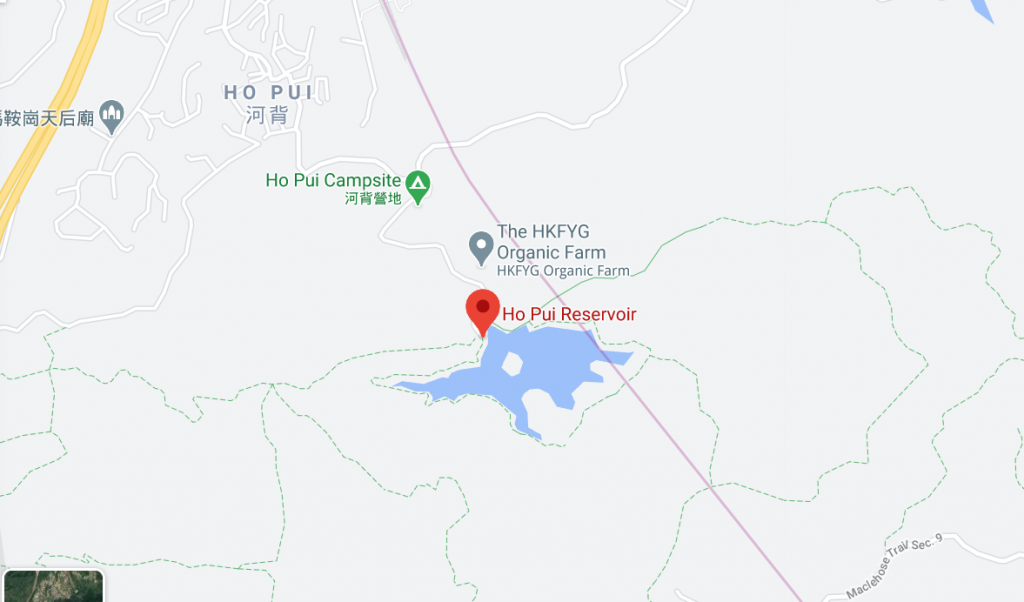

3-2-18 Kam Shan Country Park
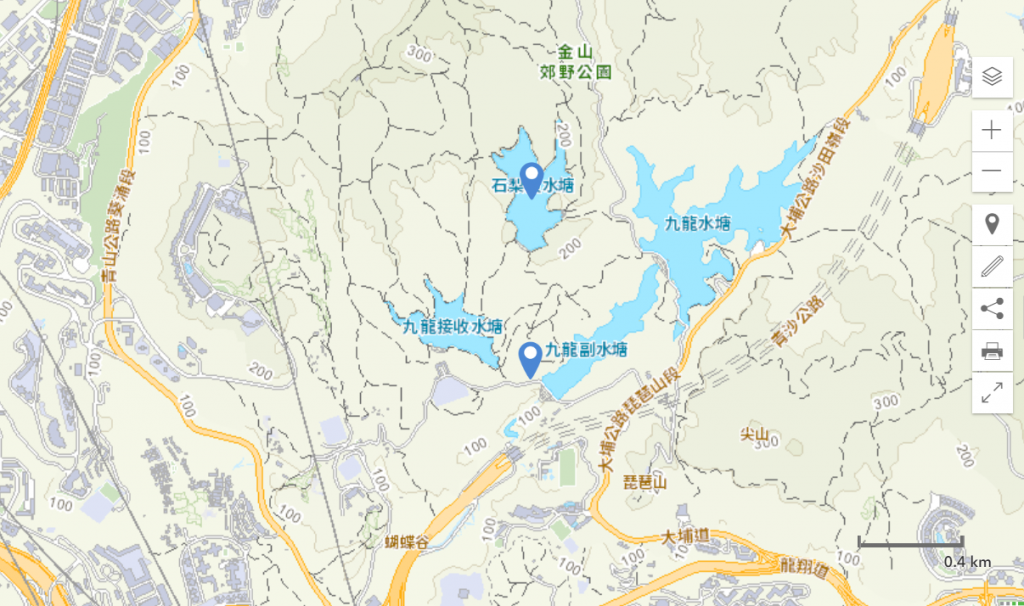
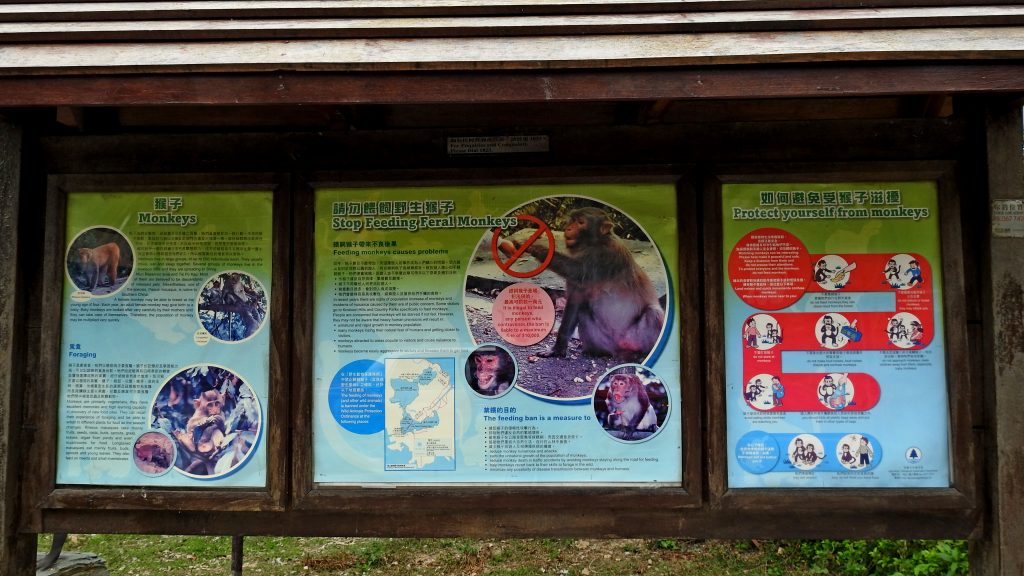
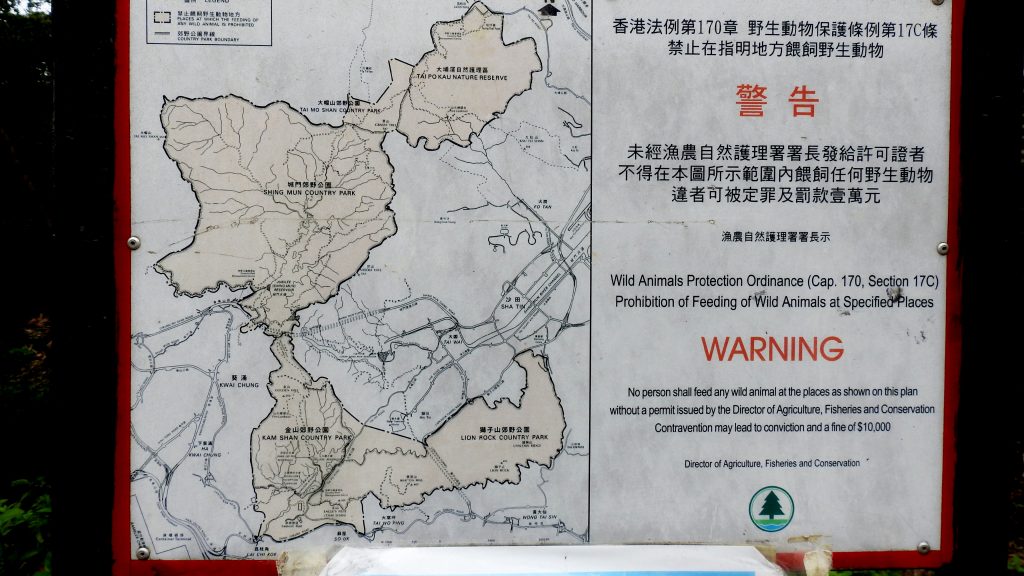
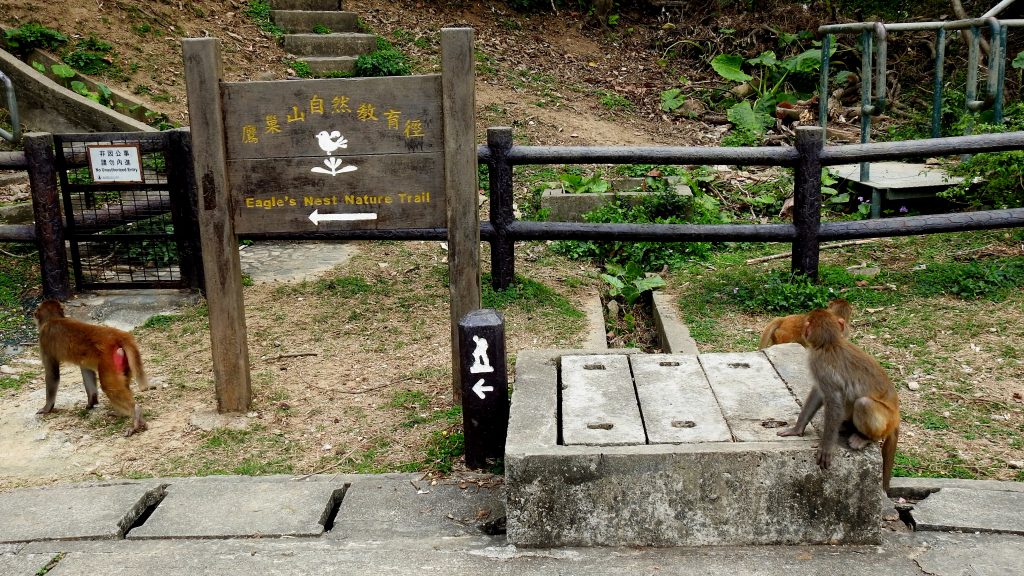
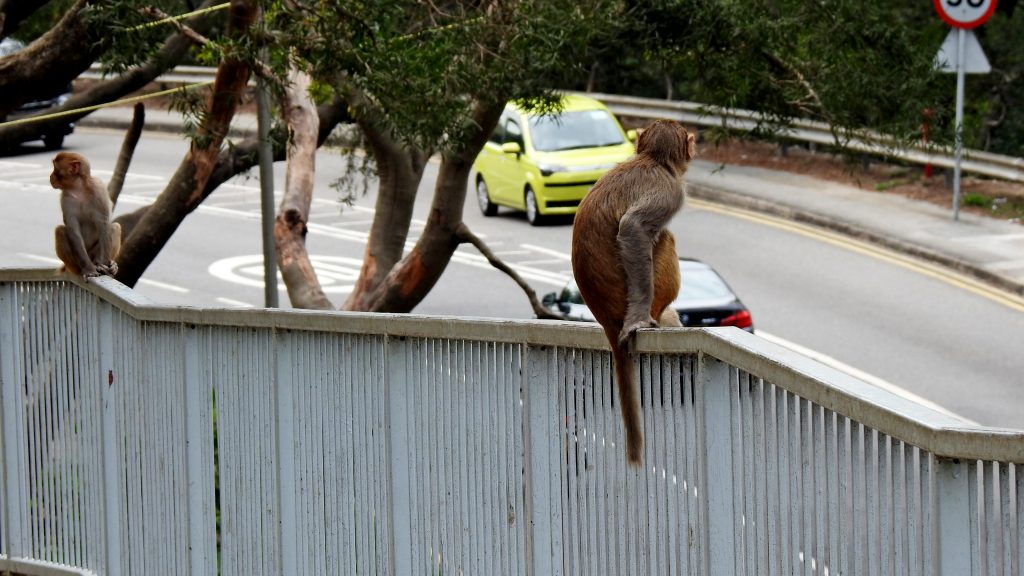
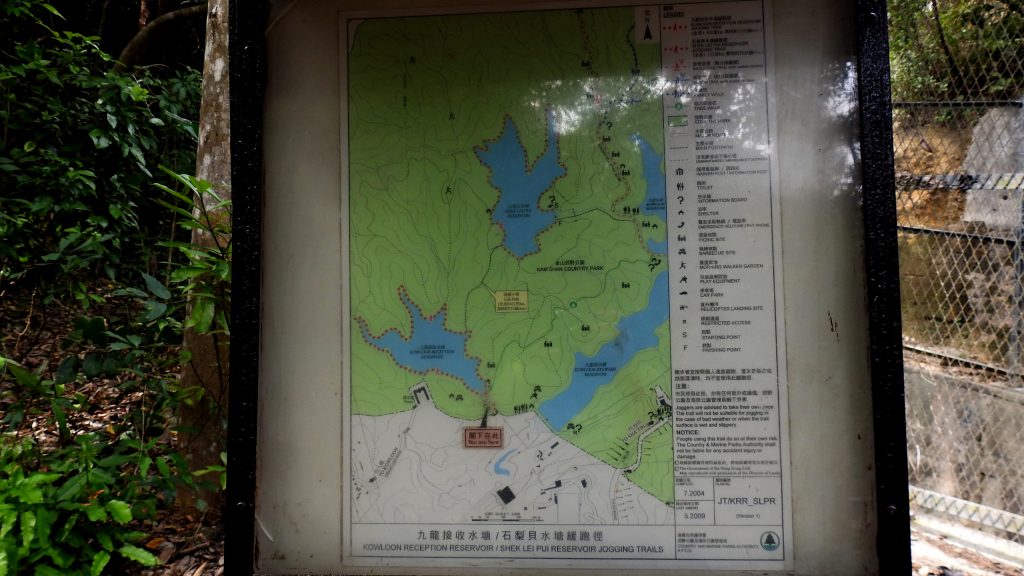
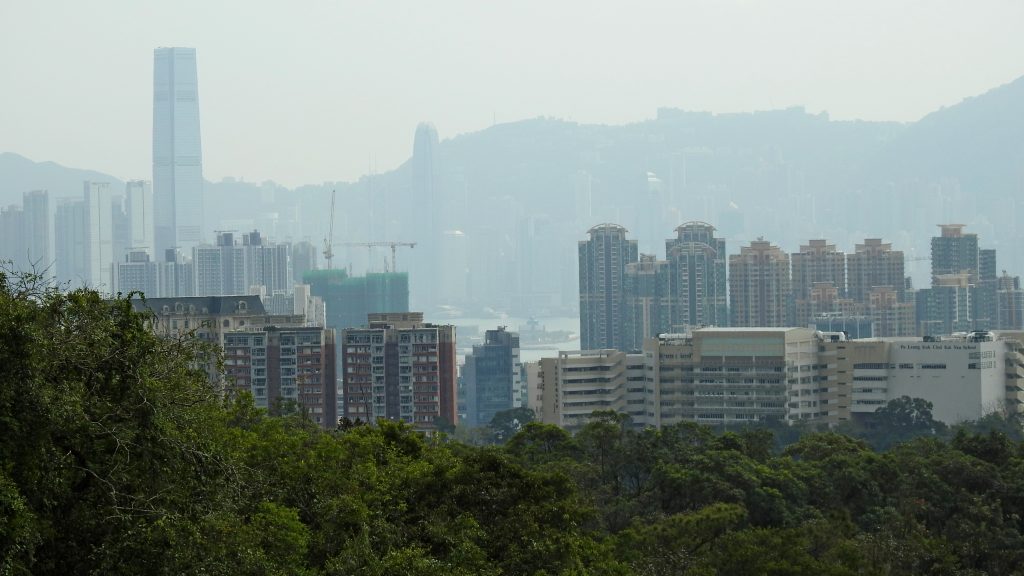
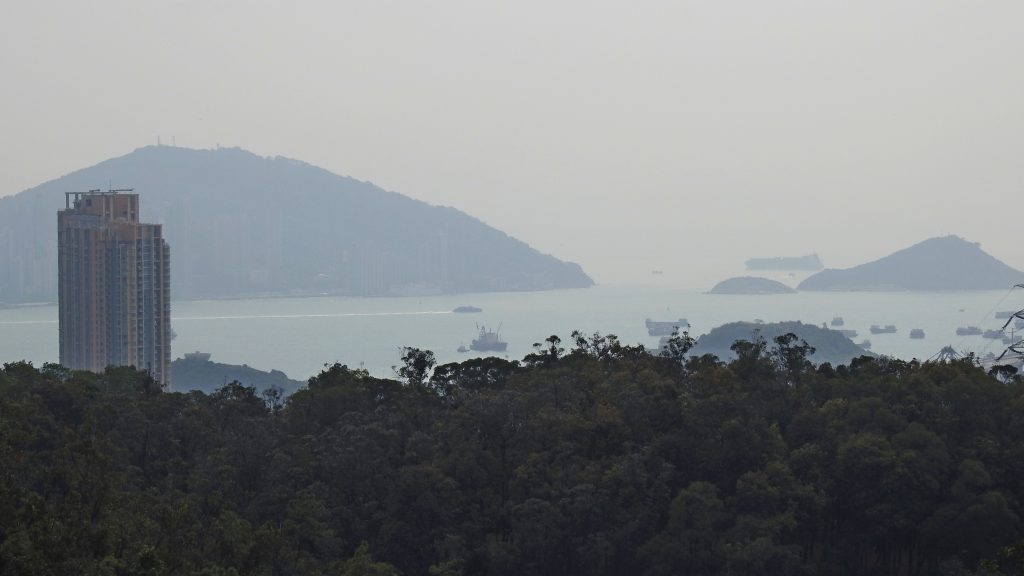
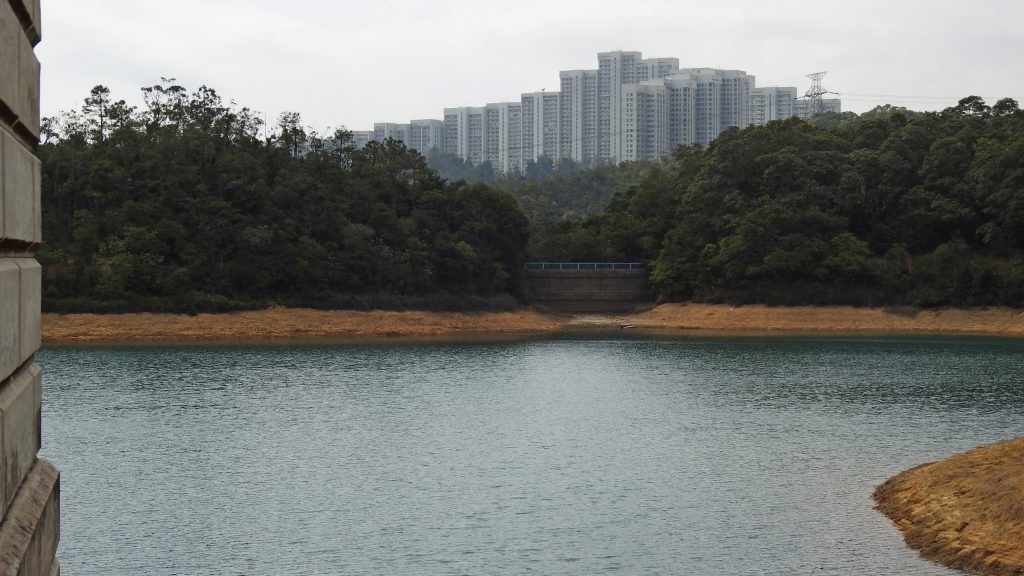
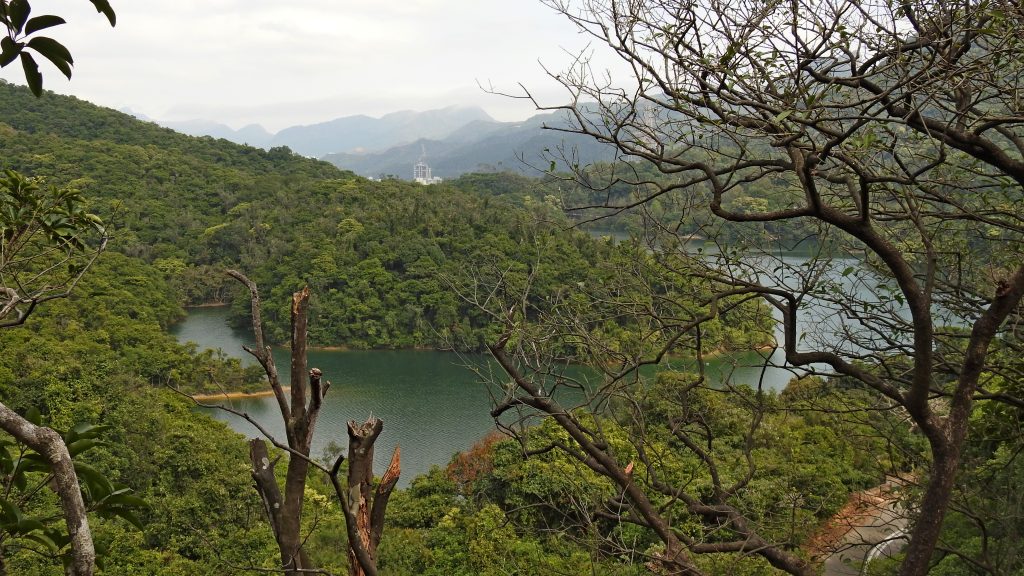
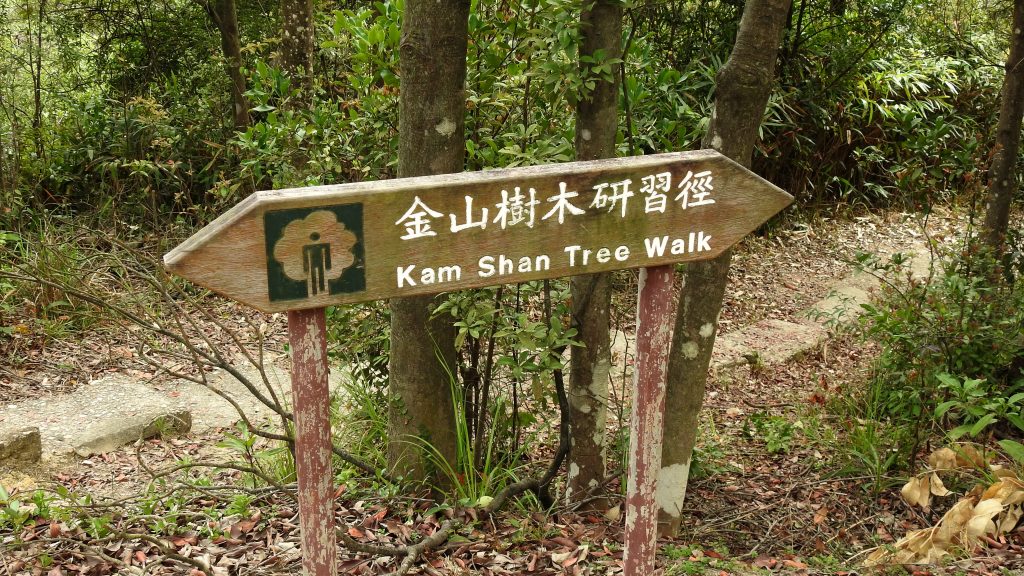

2-26-18 Ping Shan Heritage Trail
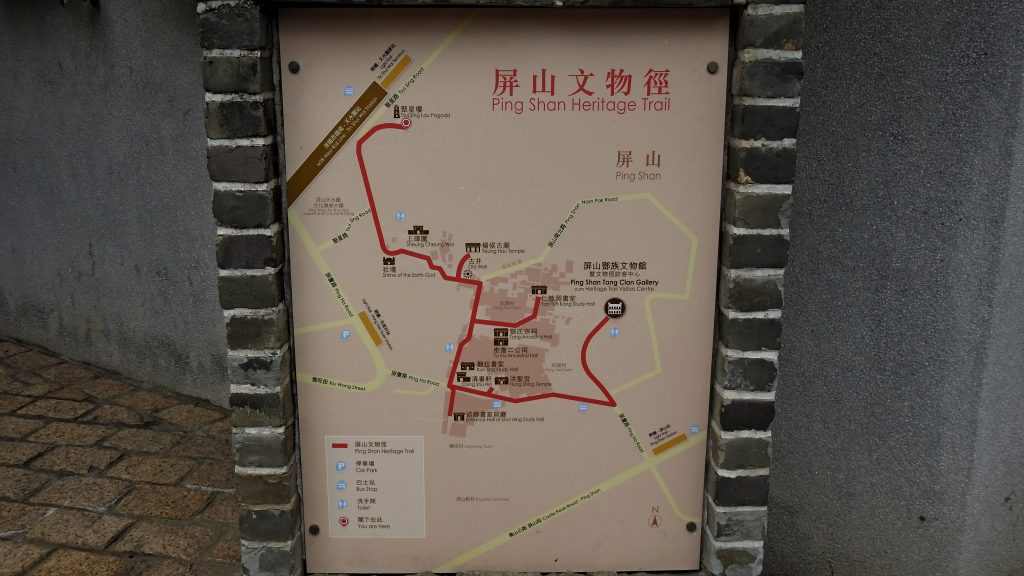



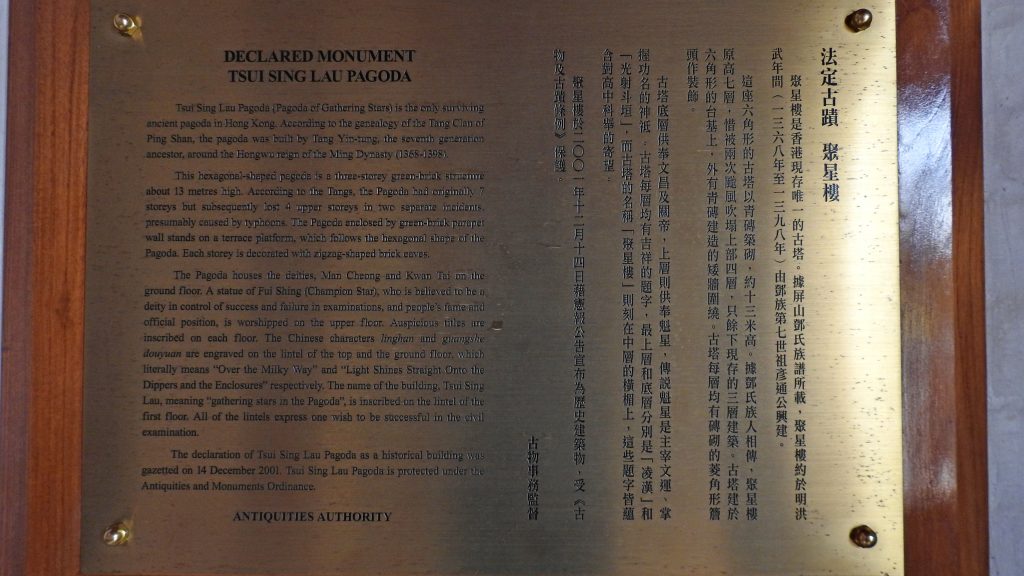
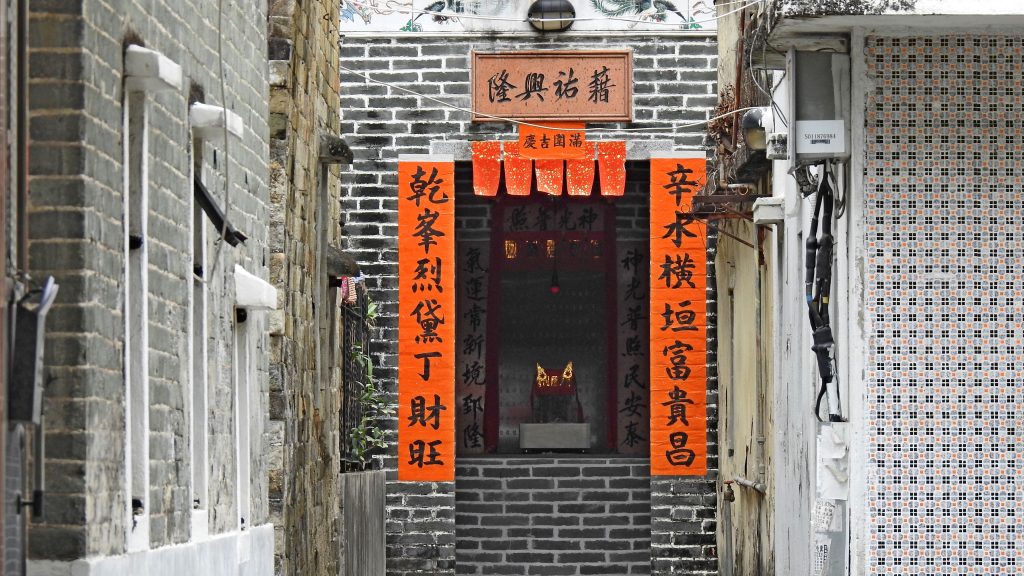
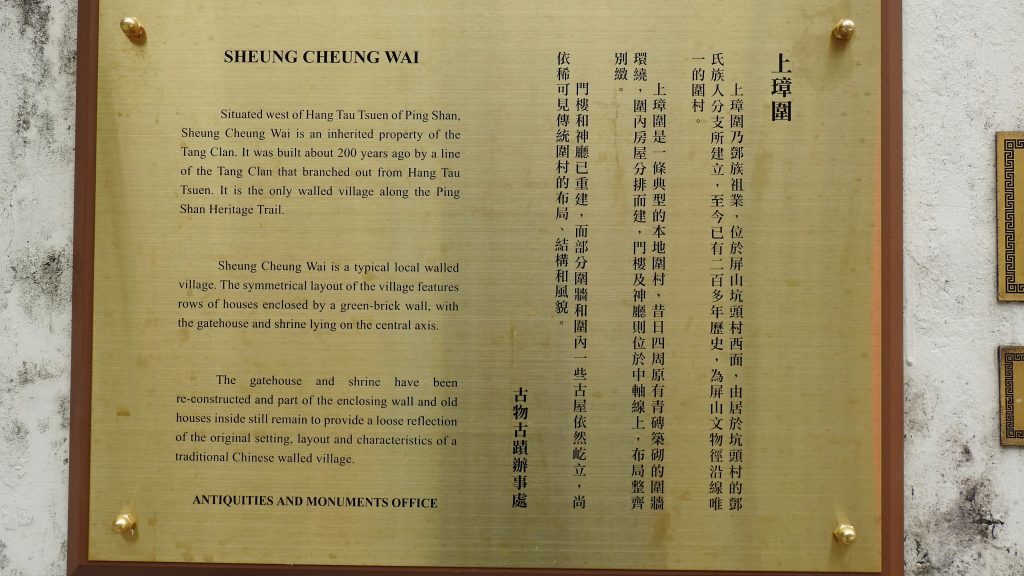
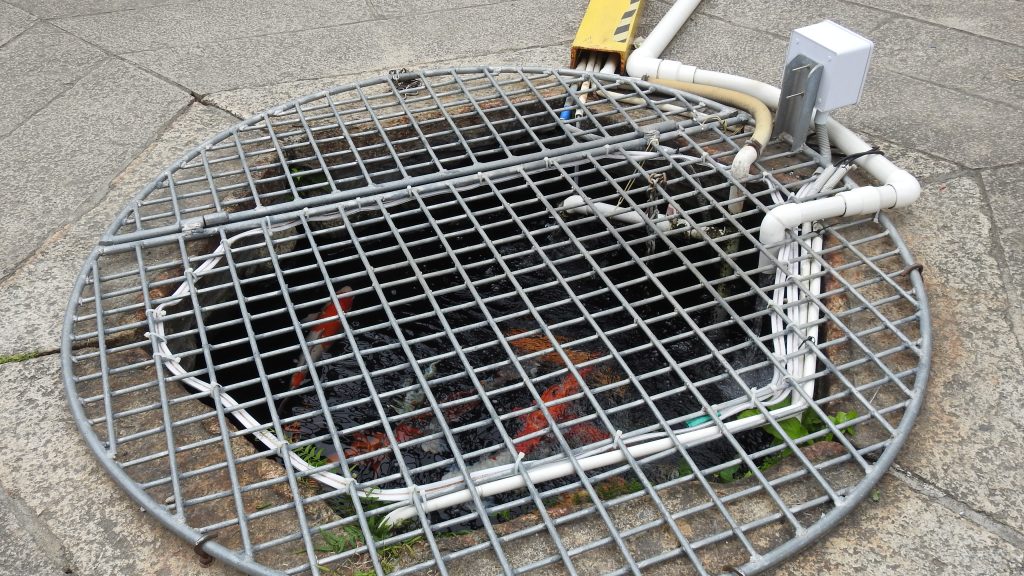
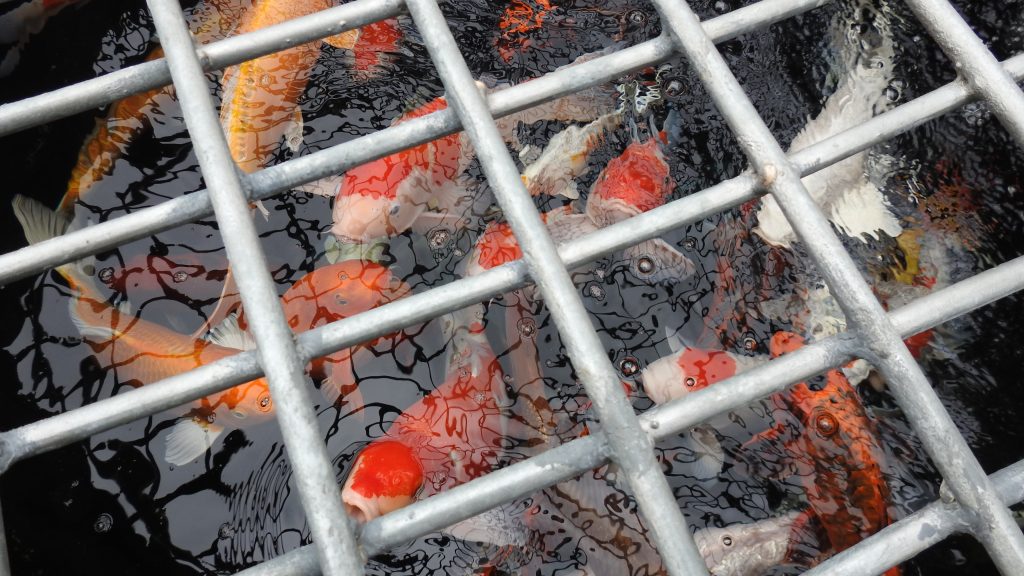
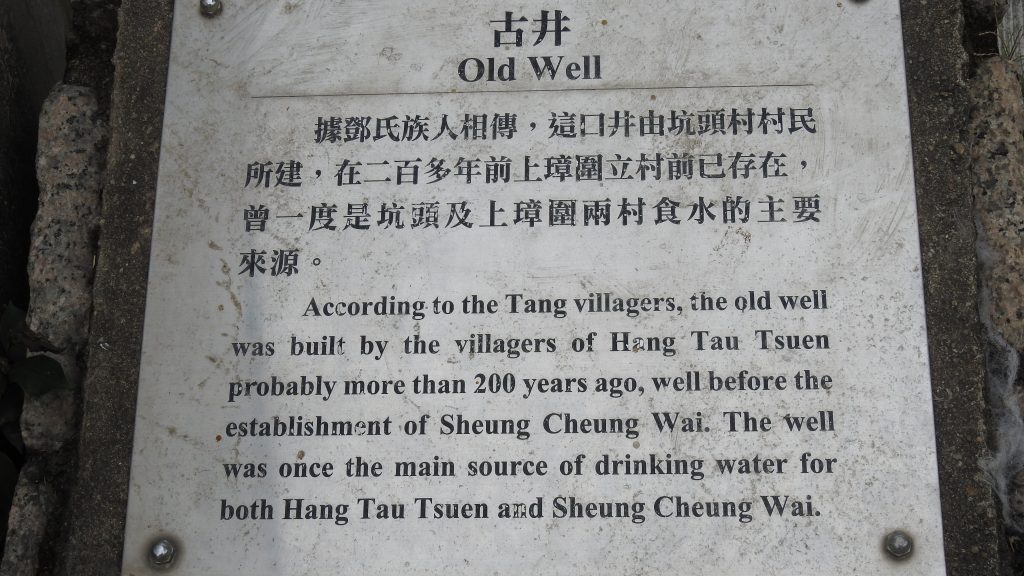
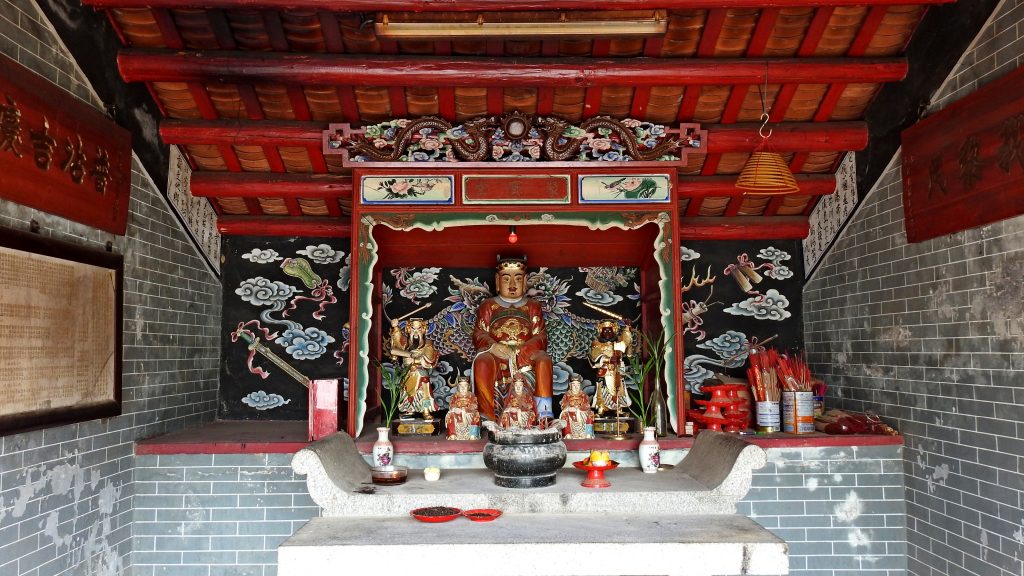
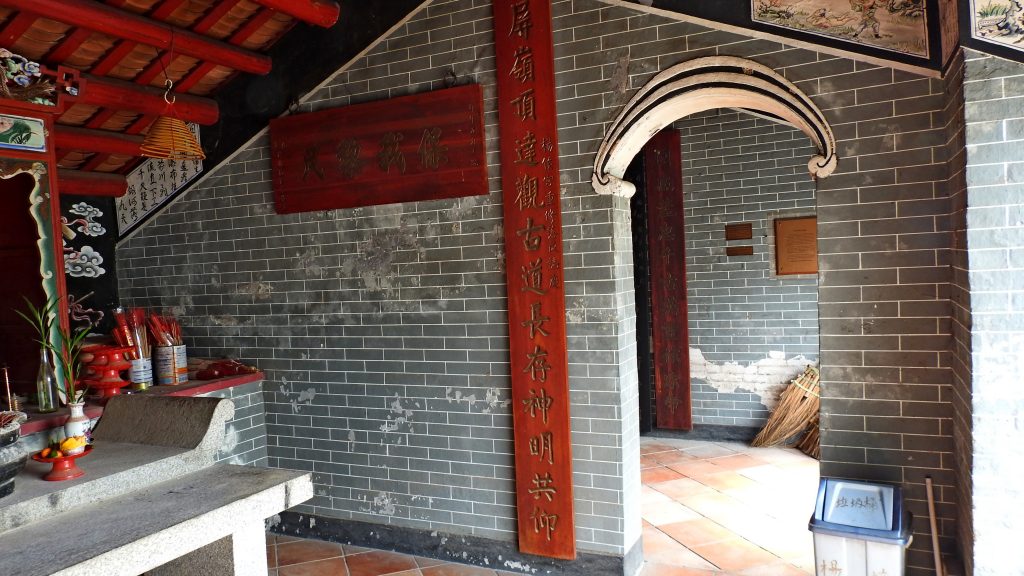
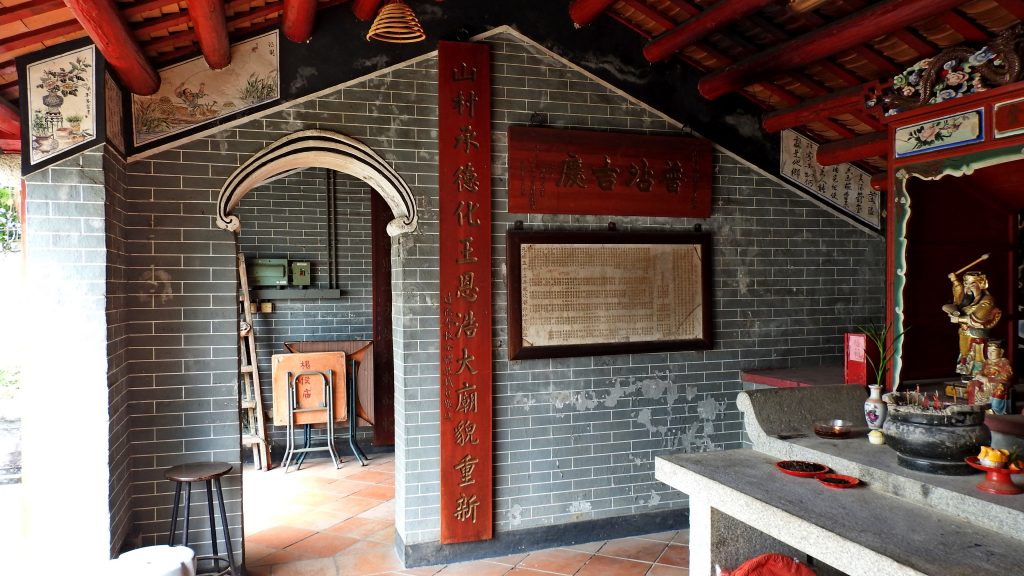
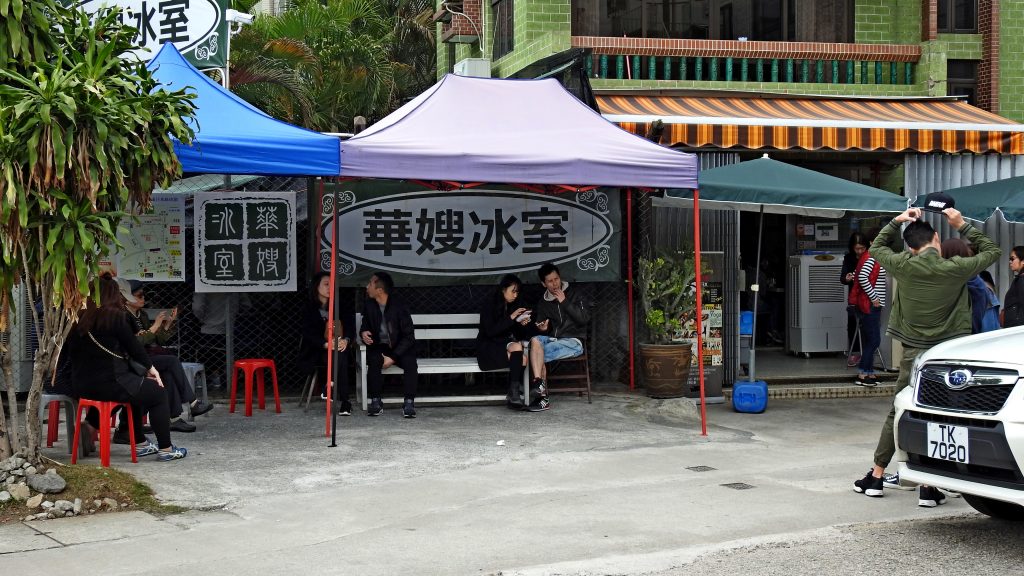
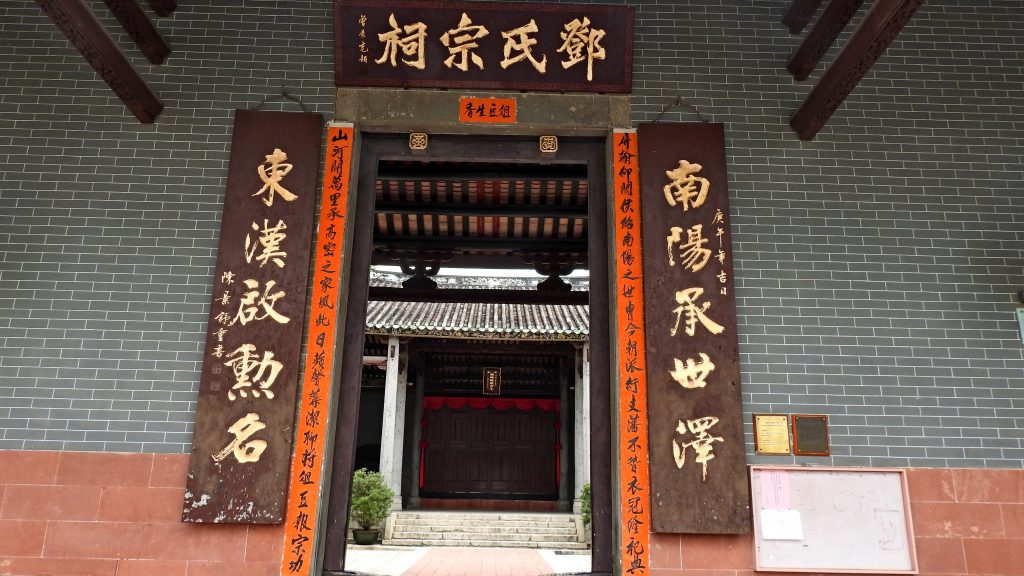
鄧氏宗祠是三進兩院式的恢弘建築,為香港同類古建築的表表者。正門前兩旁是鼓台,各有兩柱支撐瓦頂,內柱為花崗石,外柱則為紅砂岩。前院鋪有紅砂岩甬道,顯示鄧氏族人中曾有身居朝廷要職者。建築物各進的樑架均雕刻精美的動植物和吉祥圖案,屋脊則飾有石灣陶塑鰲魚和獅子。後進祖龕供奉著鄧族先祖神位。
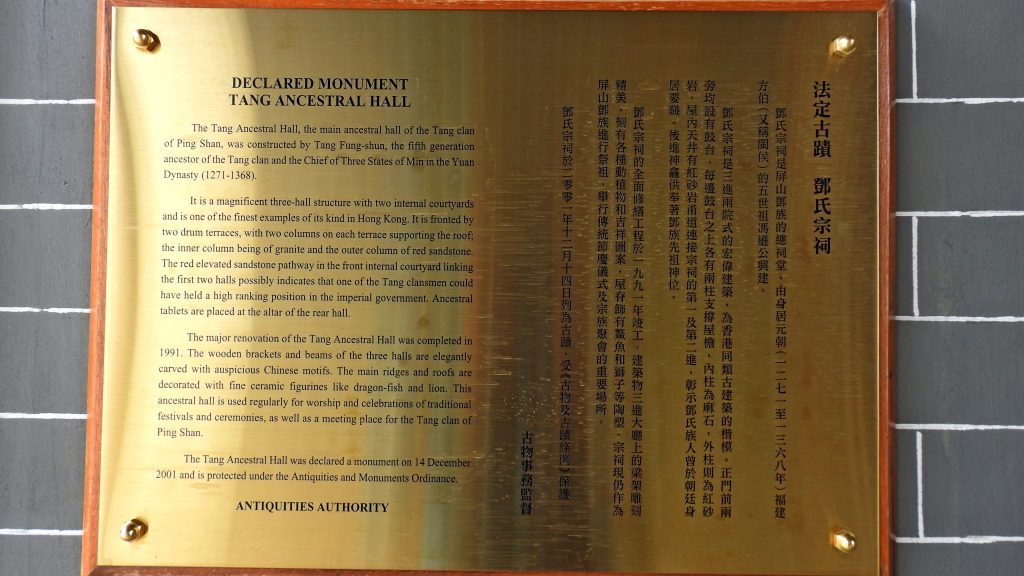
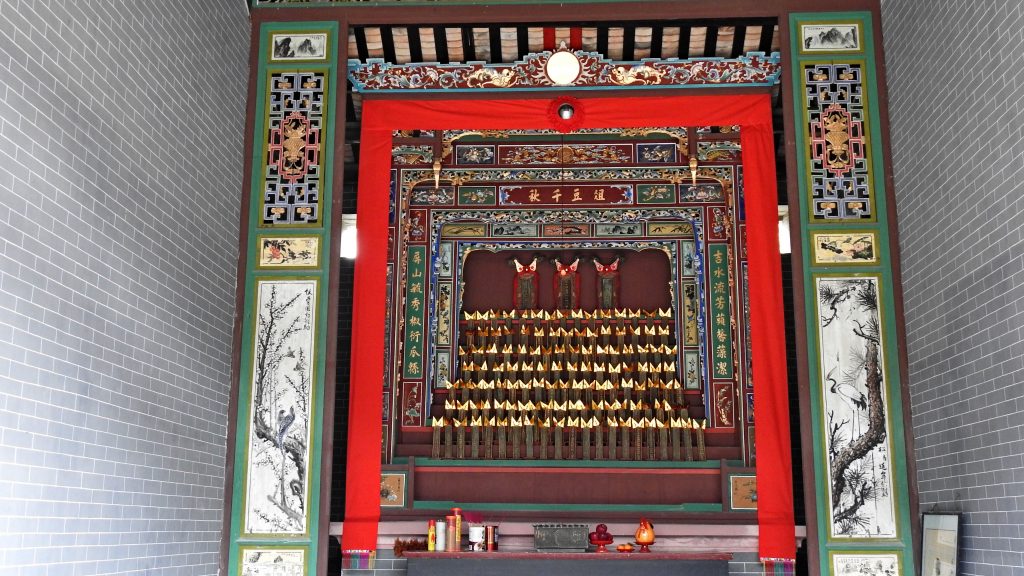
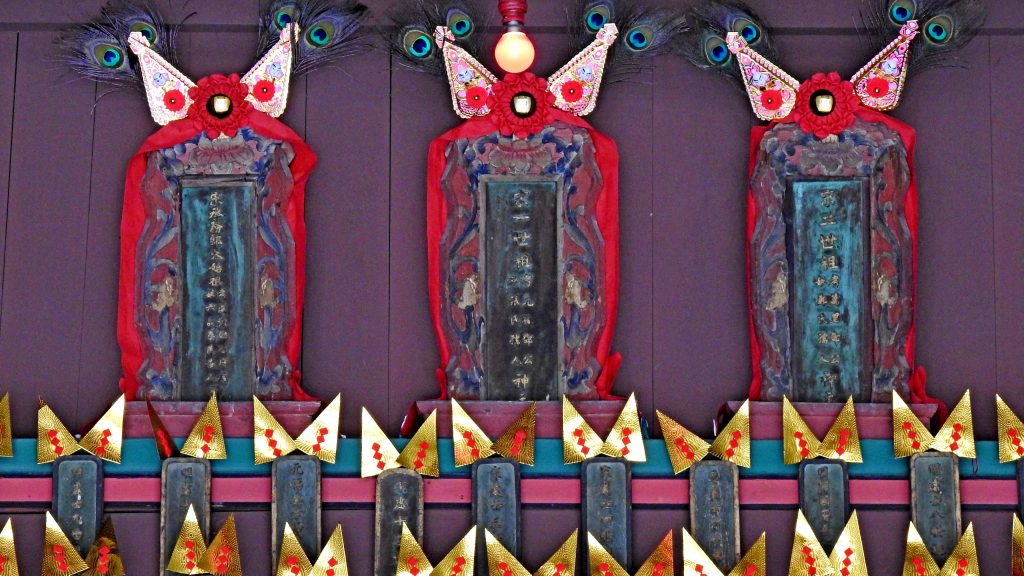
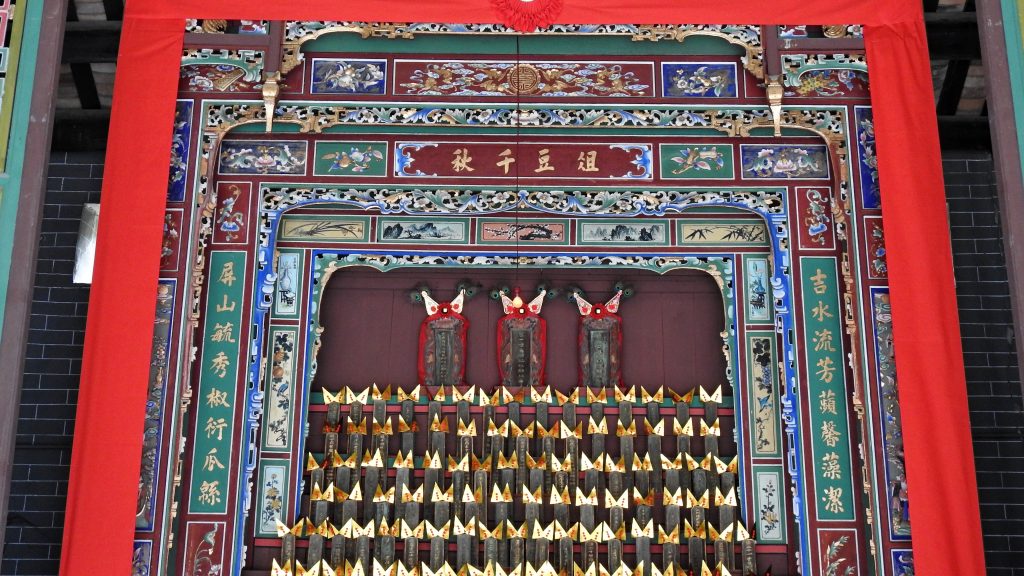
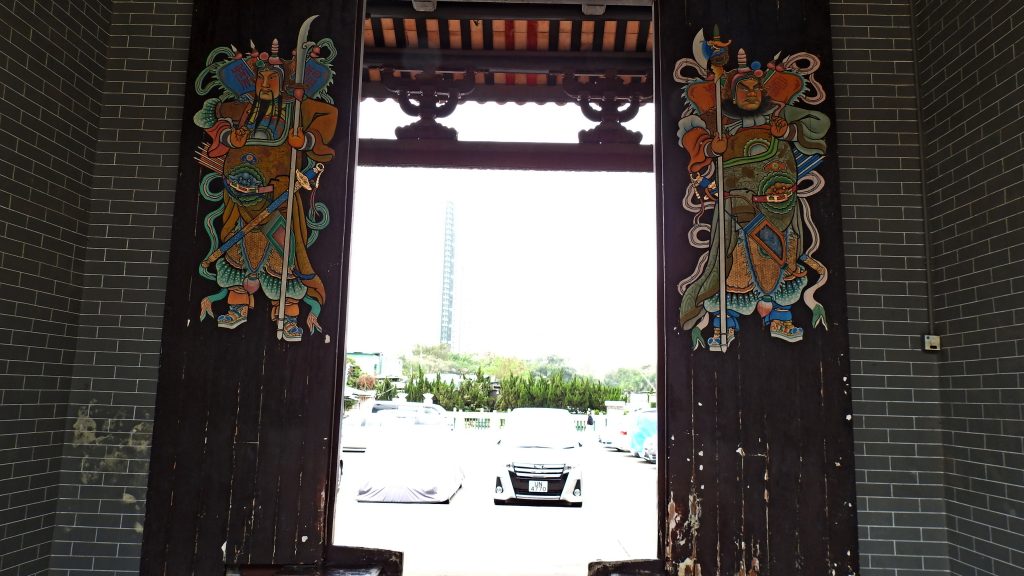
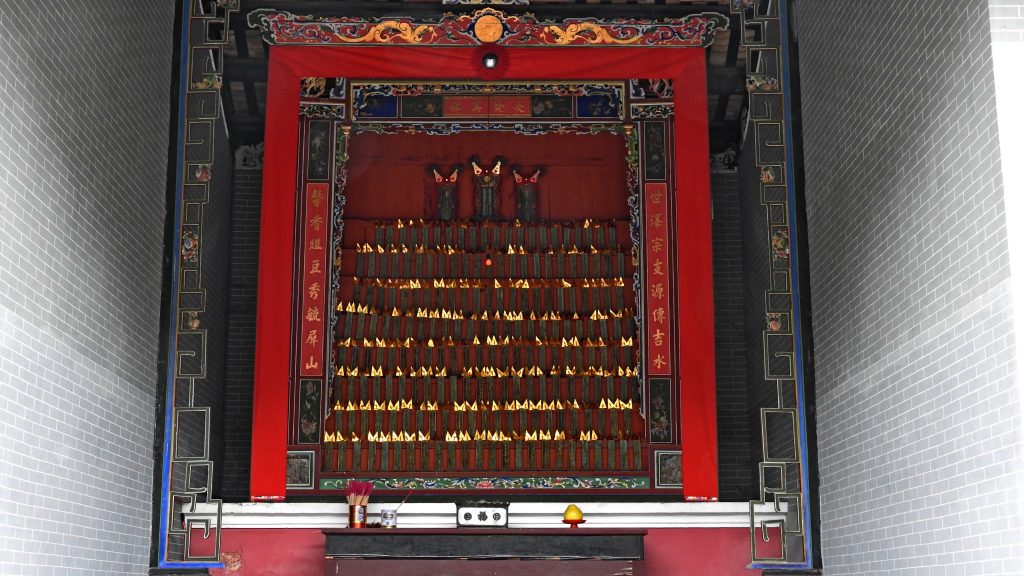
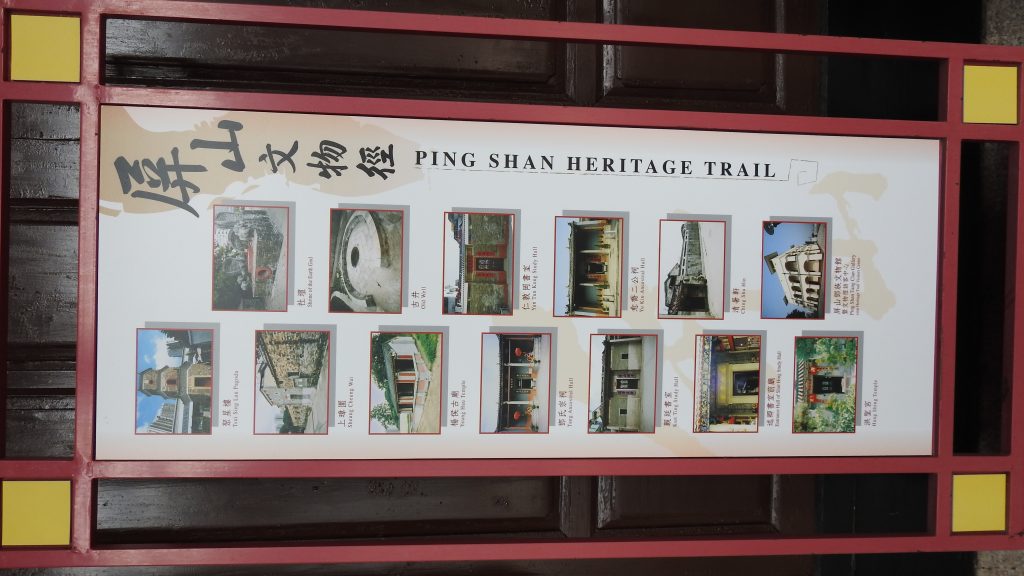
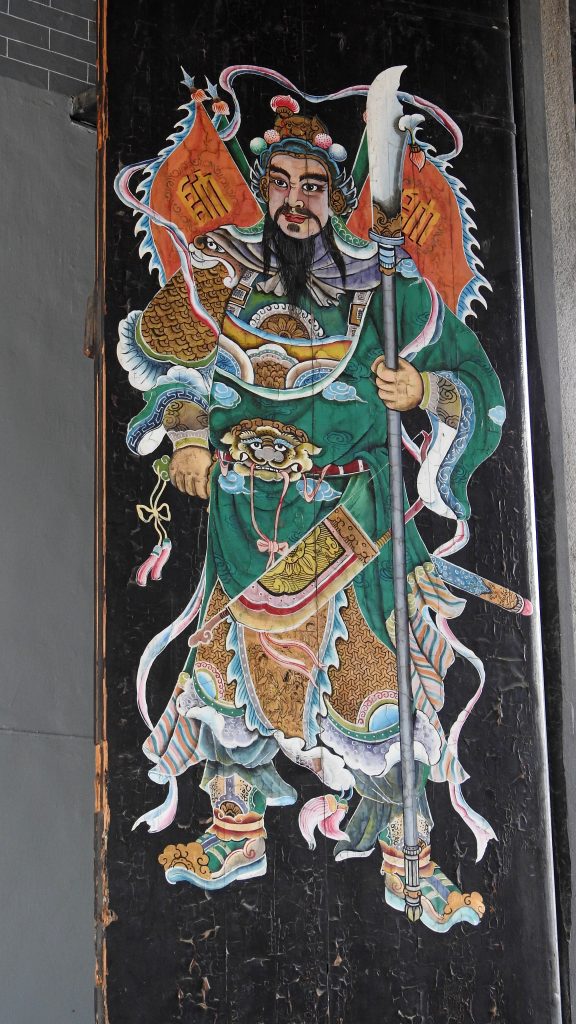
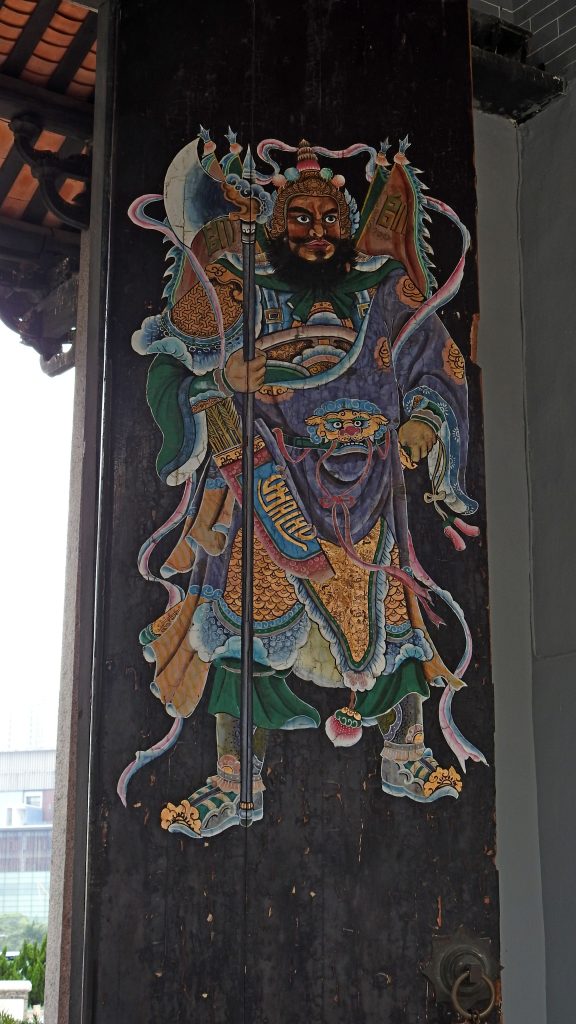
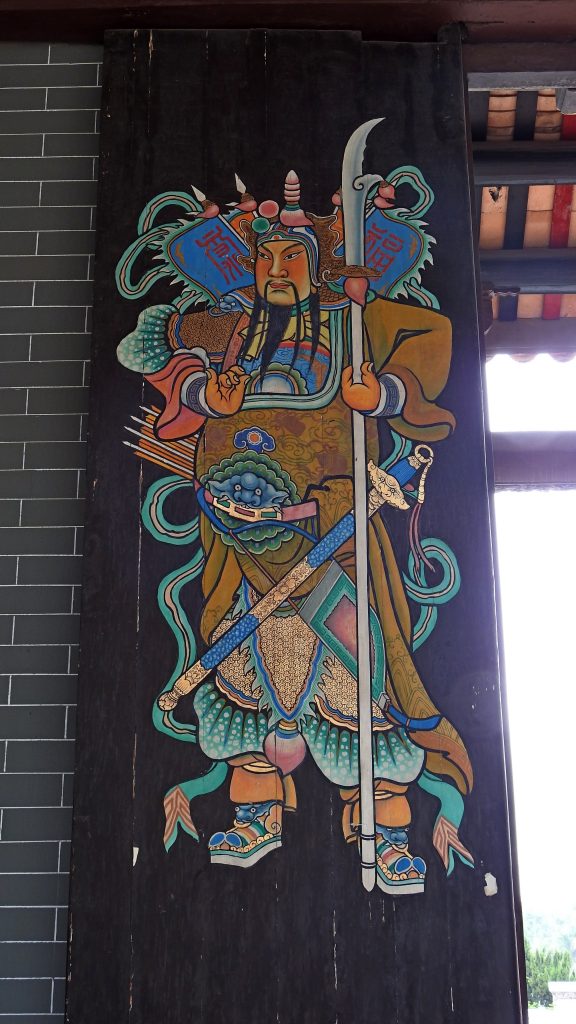
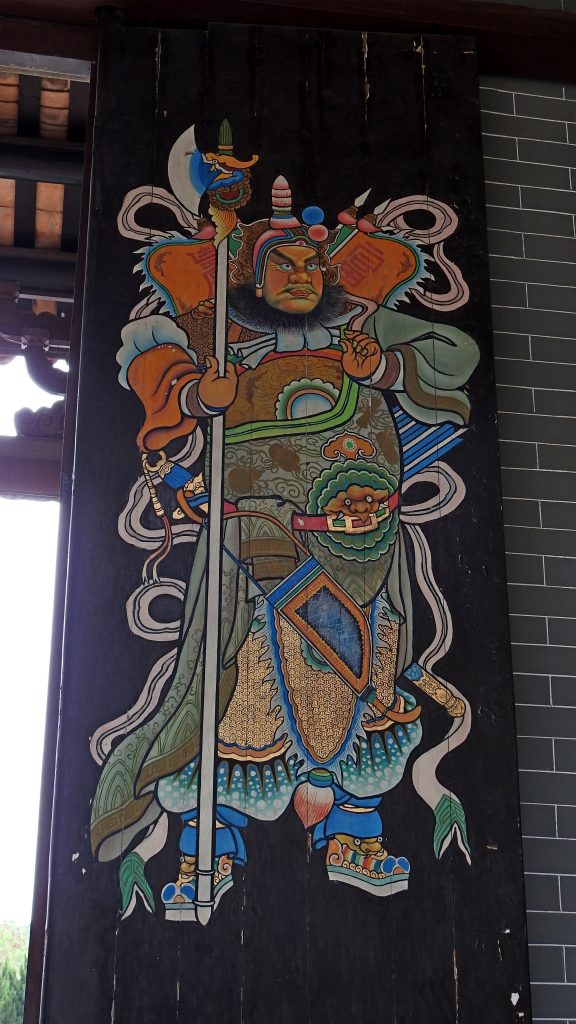
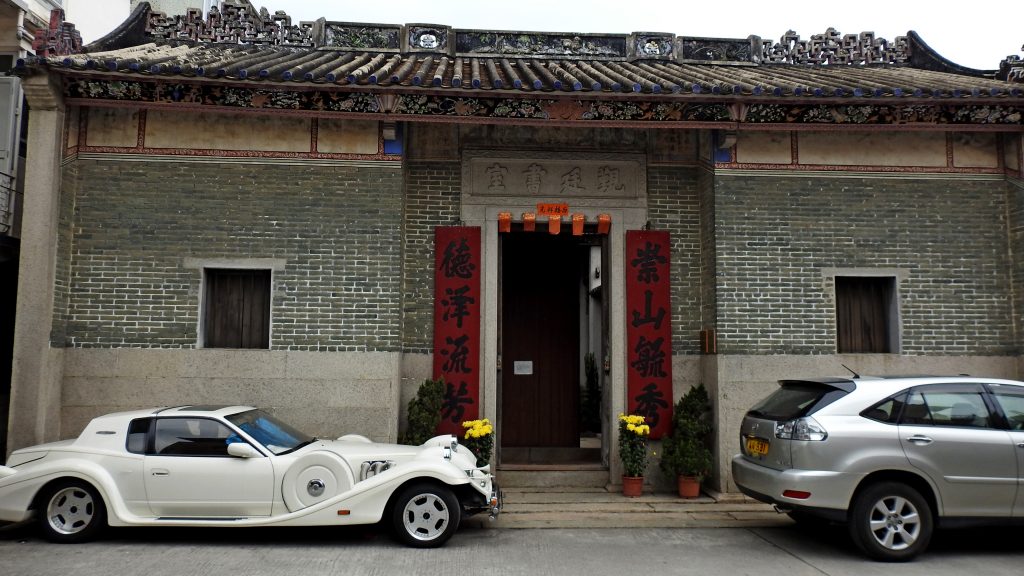
覲廷書室是兩進式建築,中為庭院,以青磚建造,柱子為花崗石。書室內的祖龕、斗栱、屏板、壁畫、屋脊裝飾、簷板和灰塑等別具特色,為當時工匠的精湛傑作。
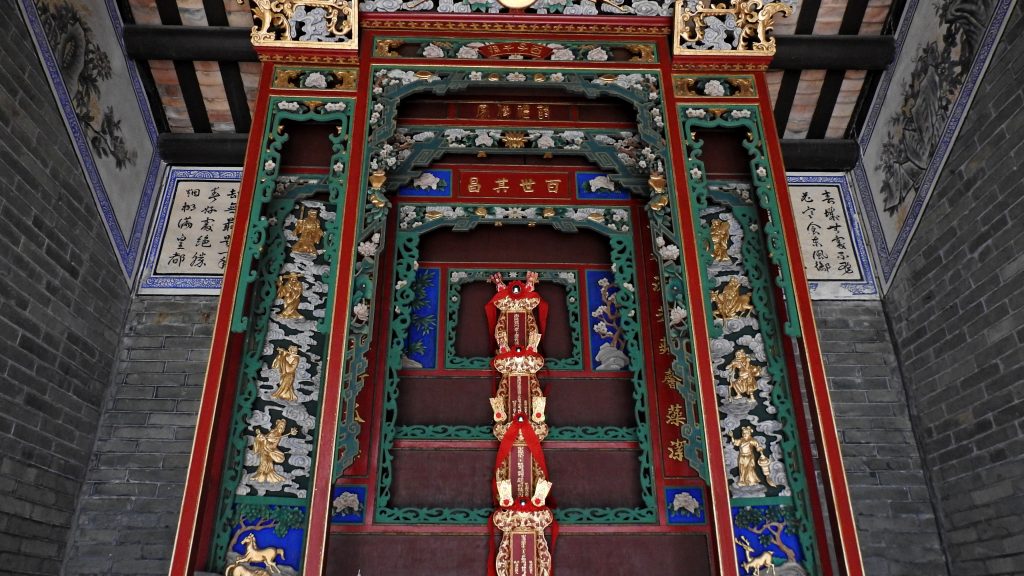

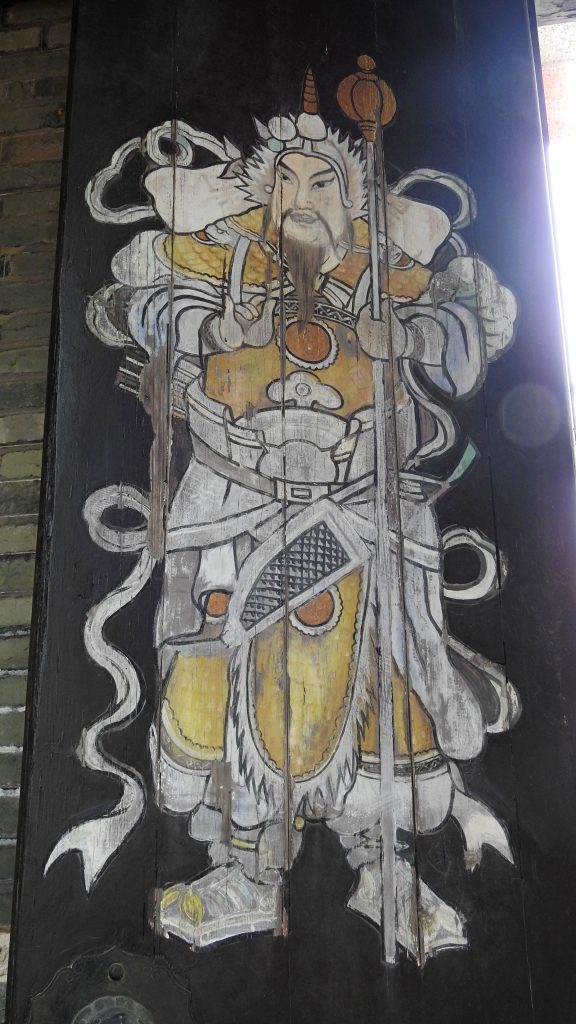

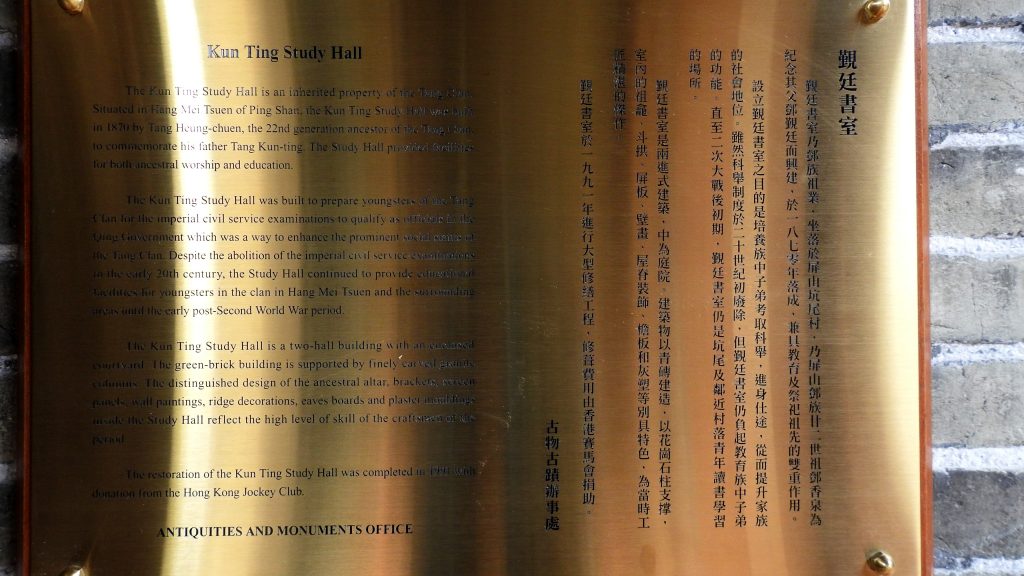
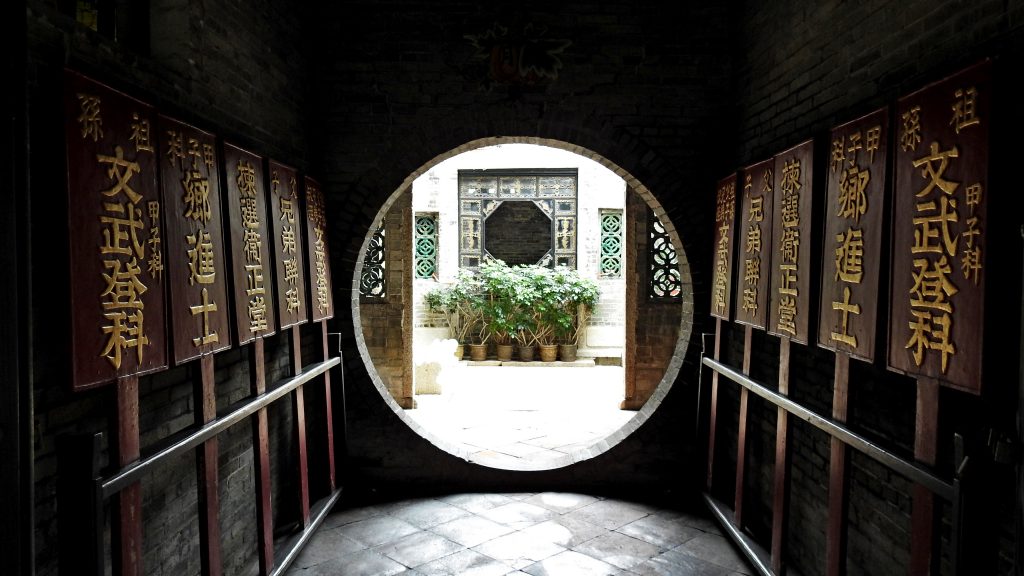
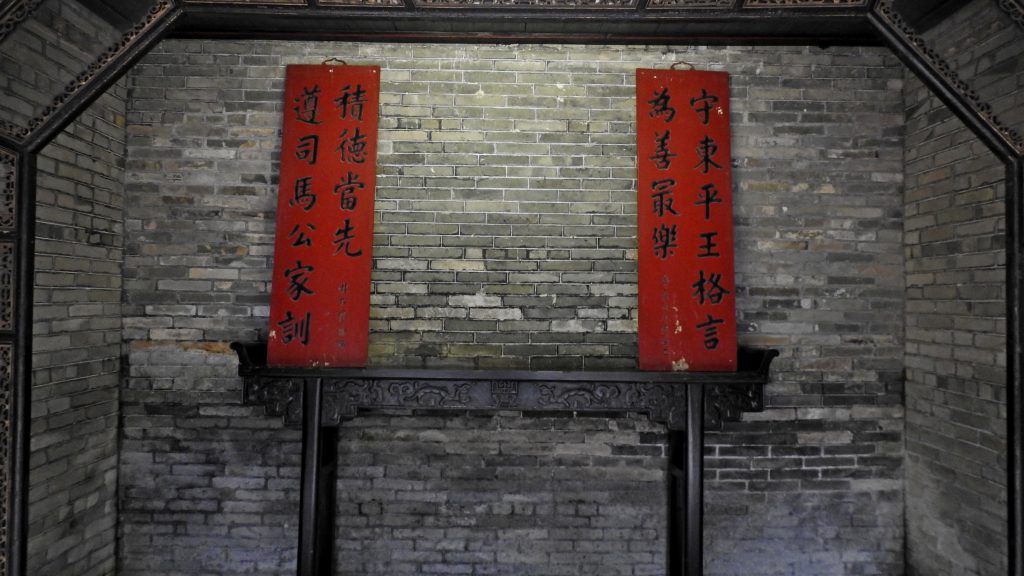
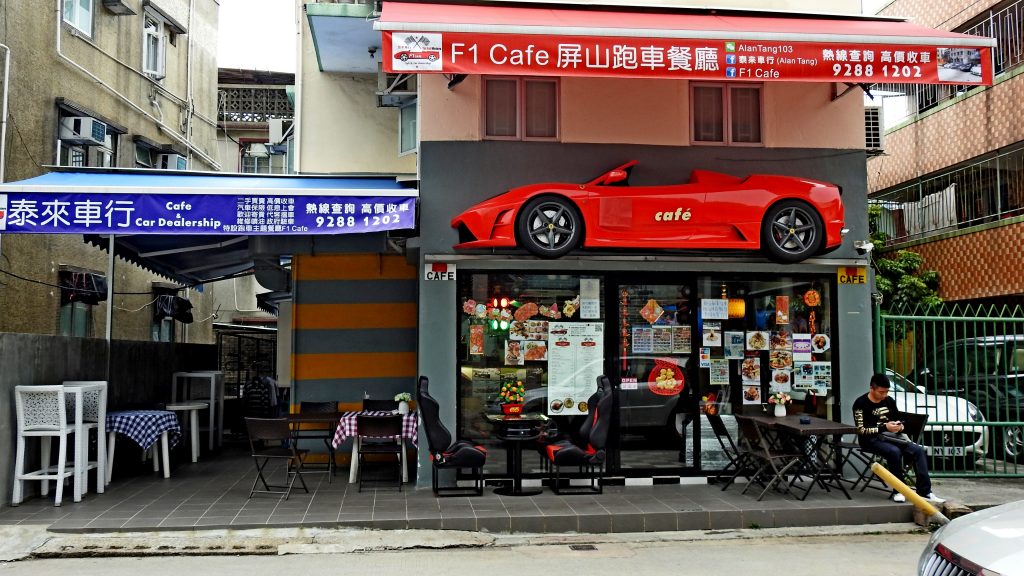
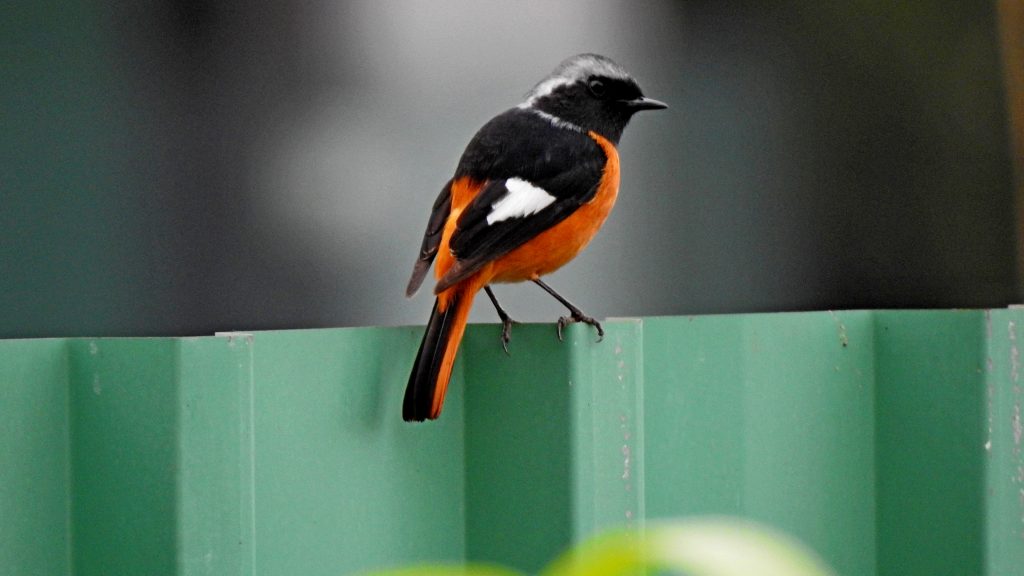
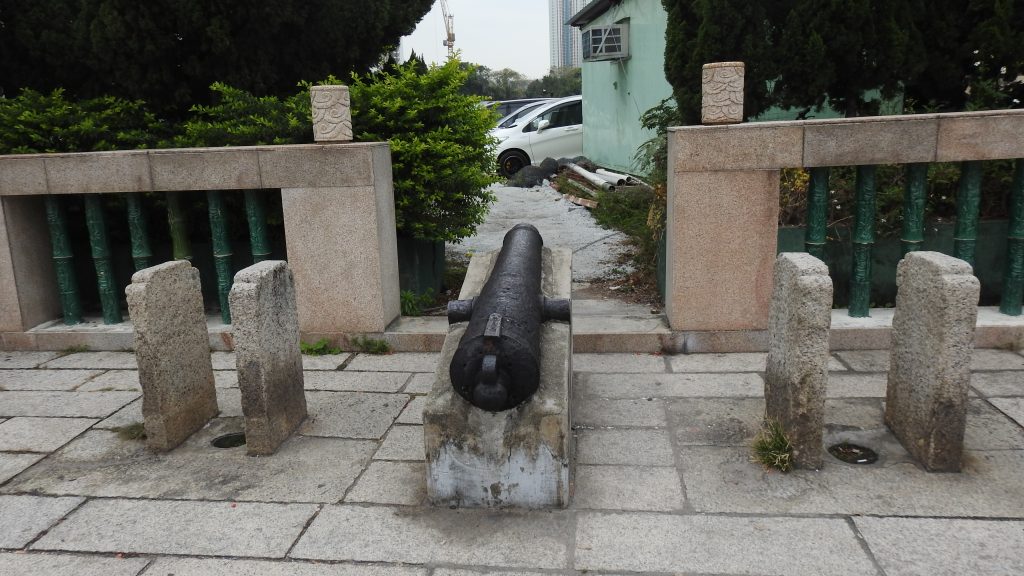
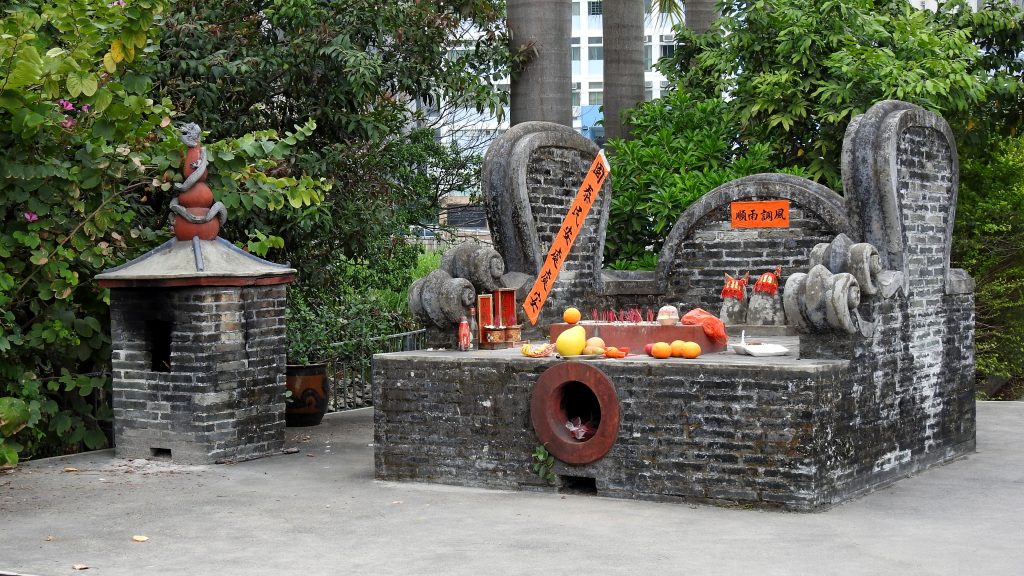
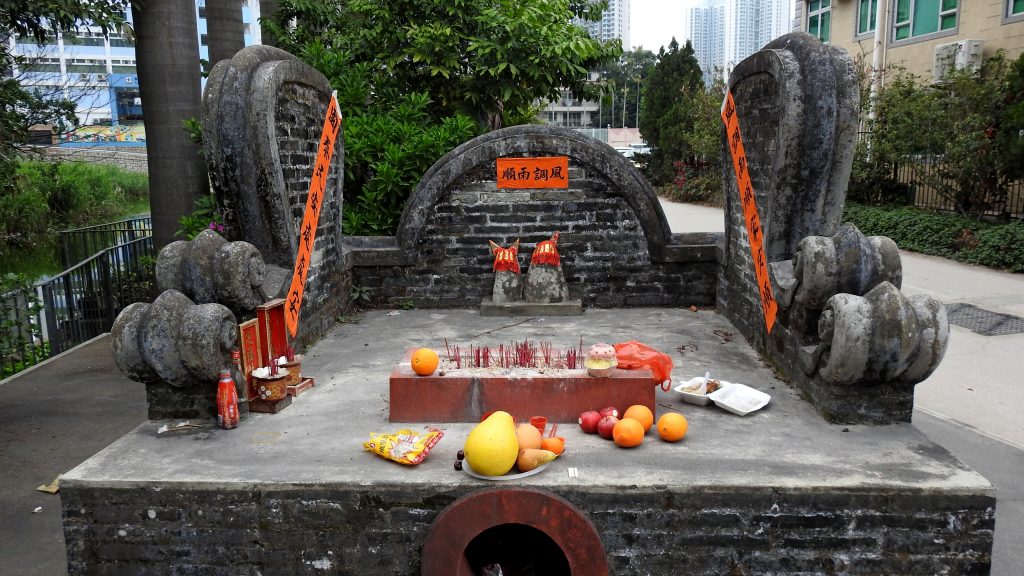
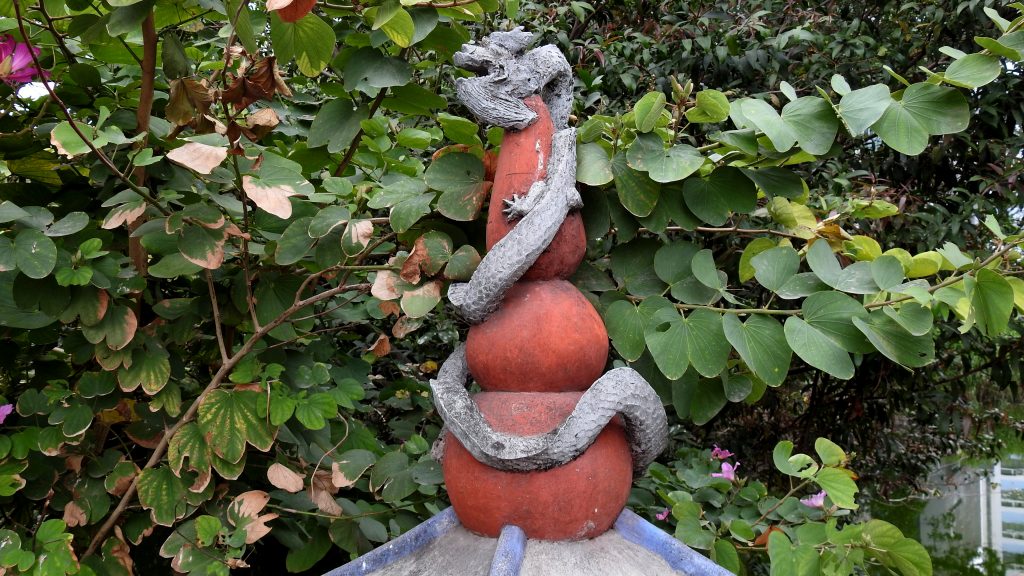

2-24-18 Hung Shui Hang Irrigation Reservoir

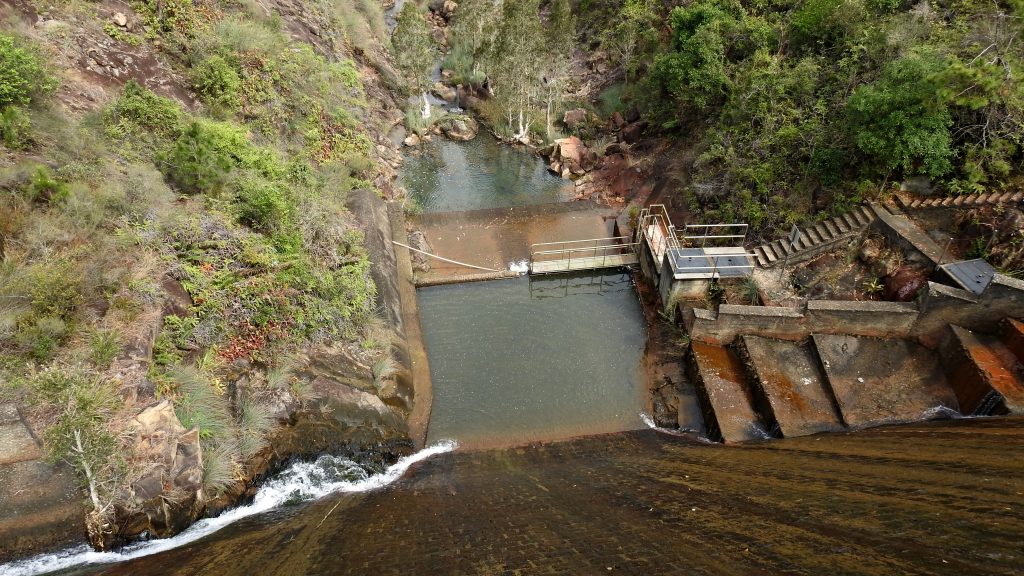
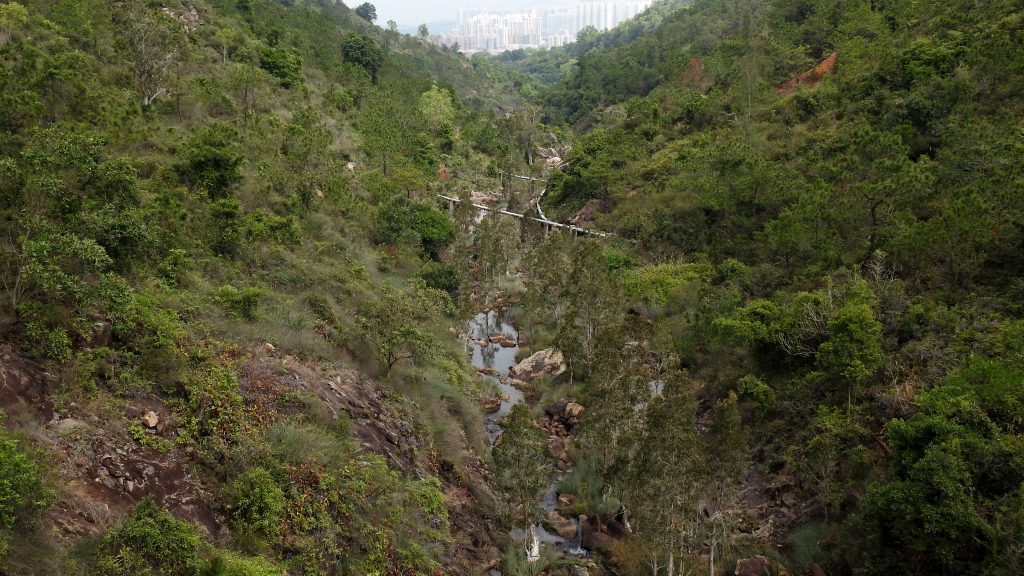
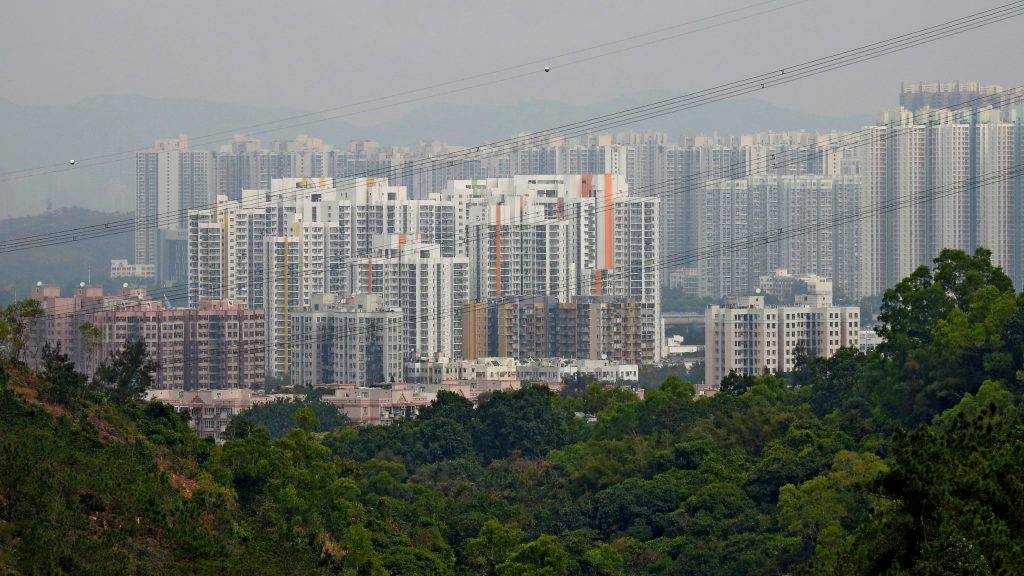


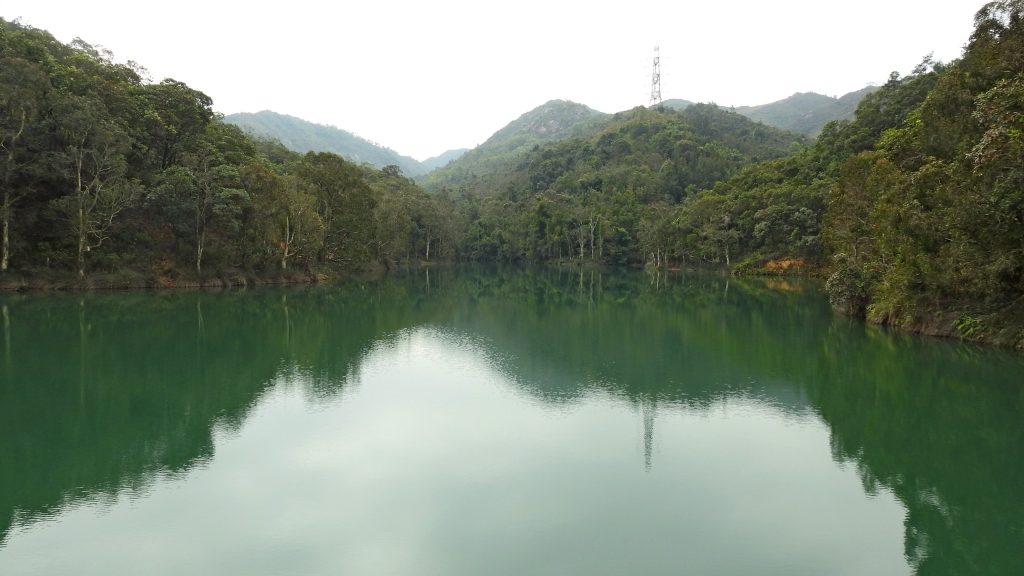
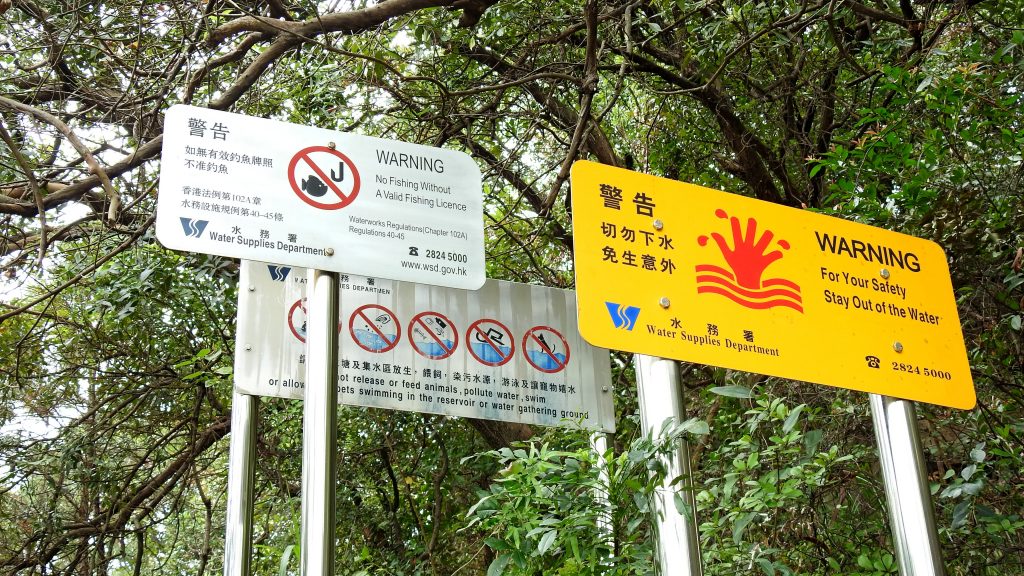
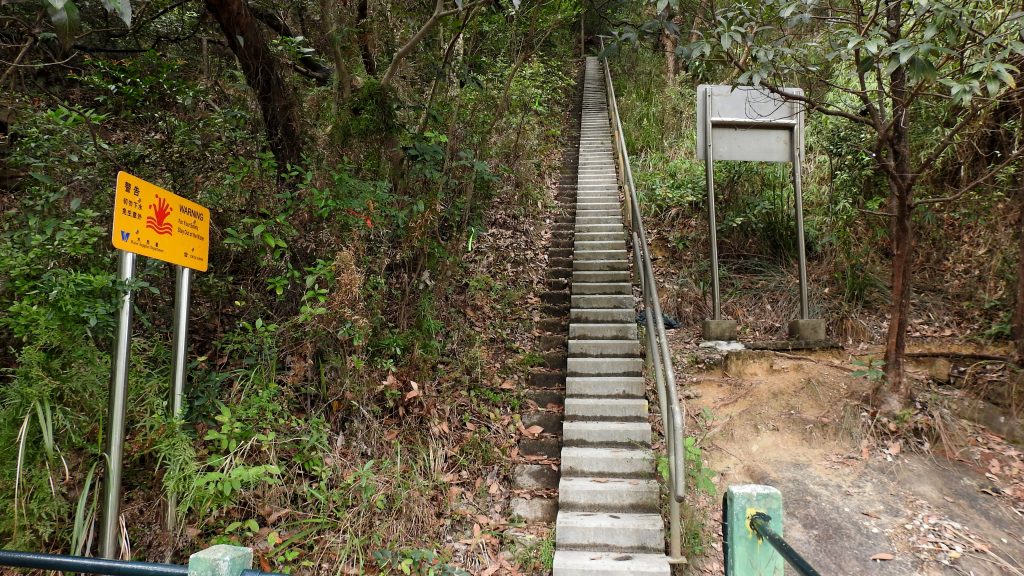
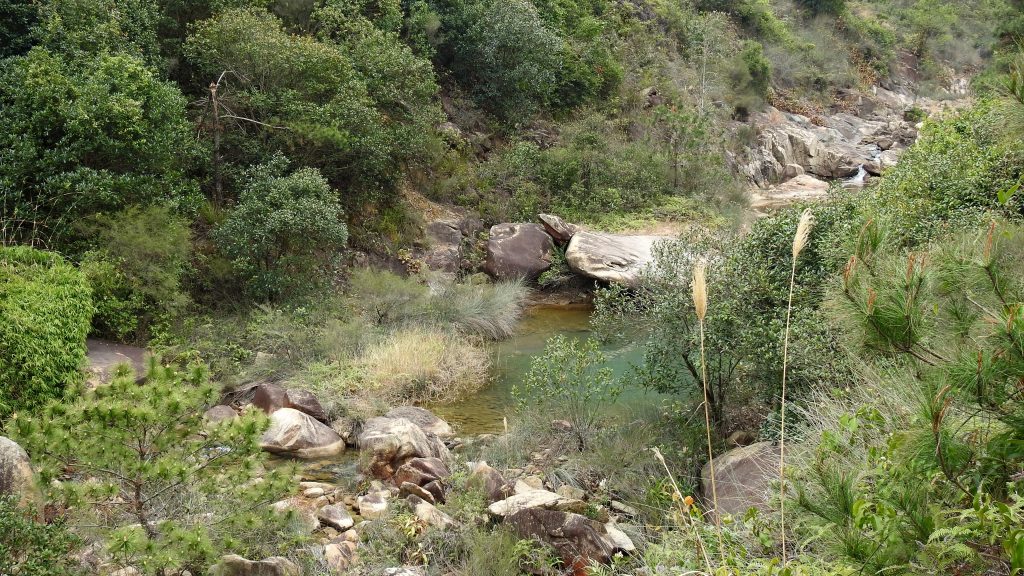
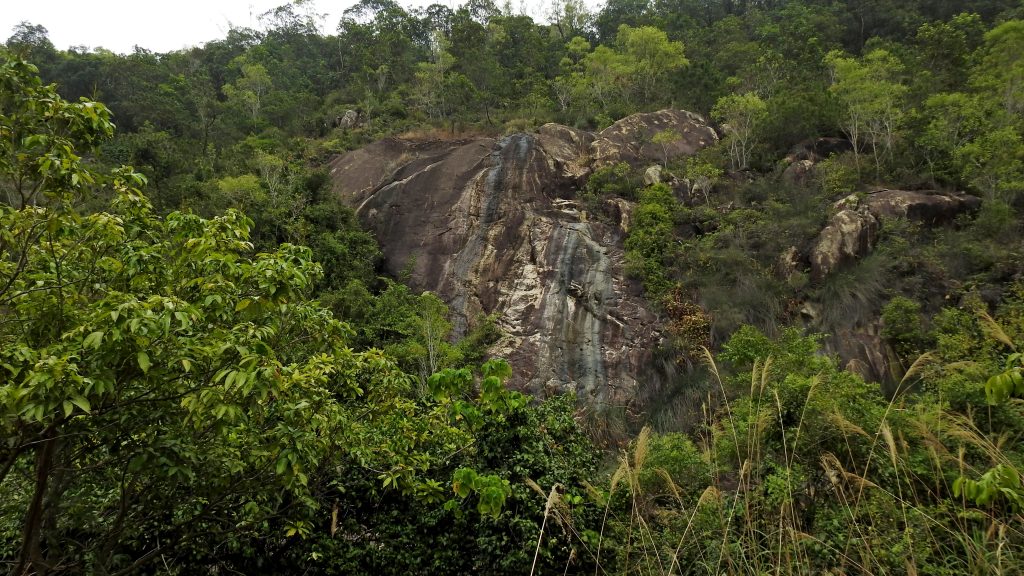
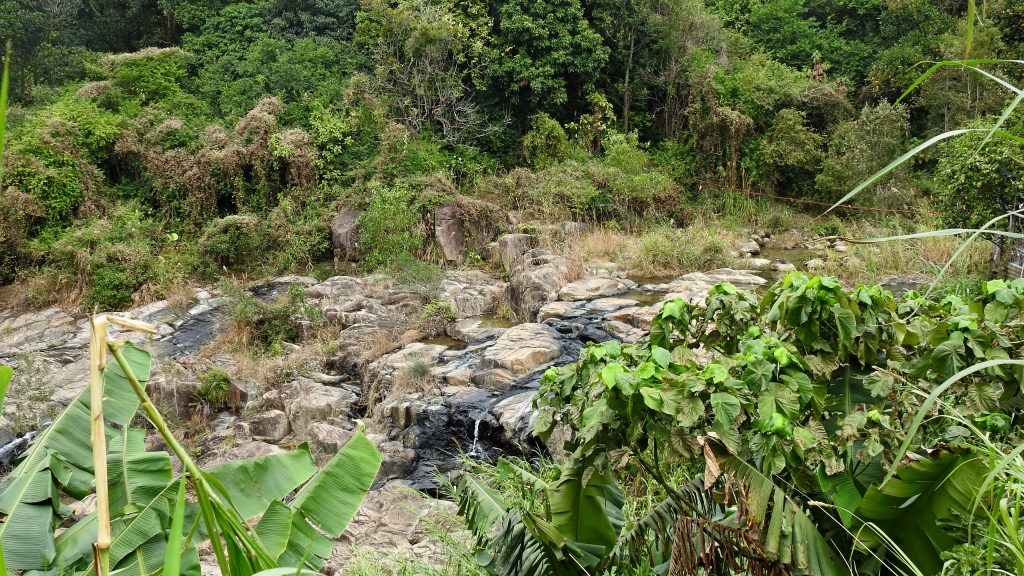

China reinvented

1-20-18 Zhongshan 3 Creeks Village
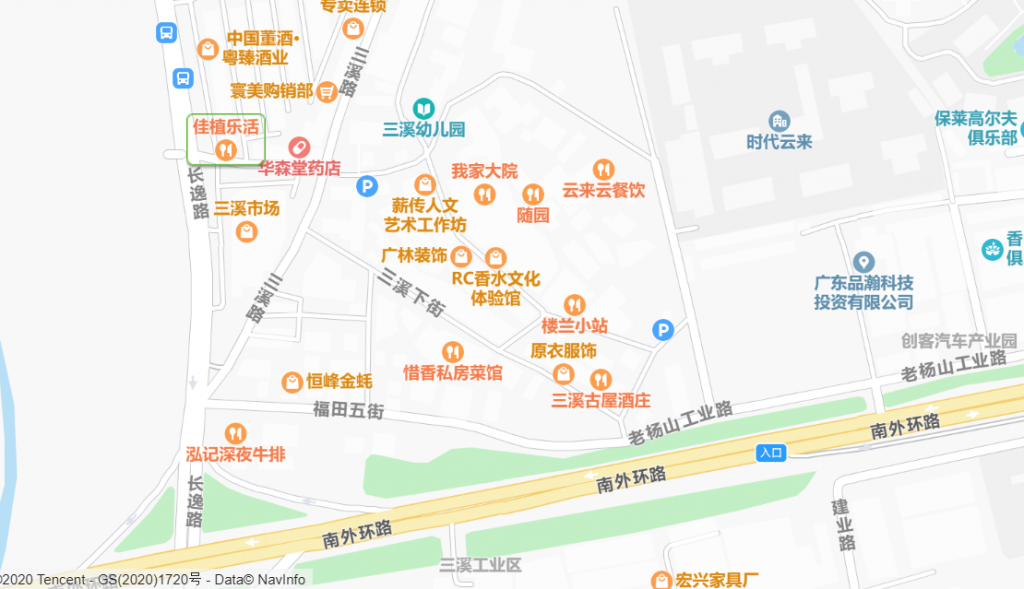
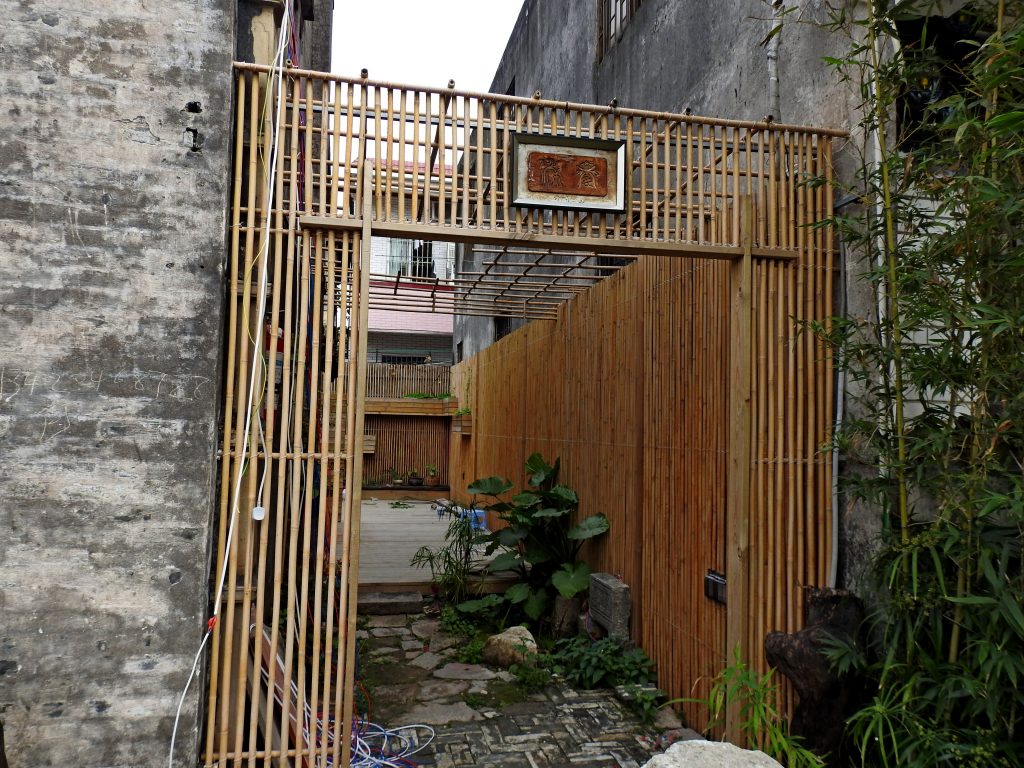
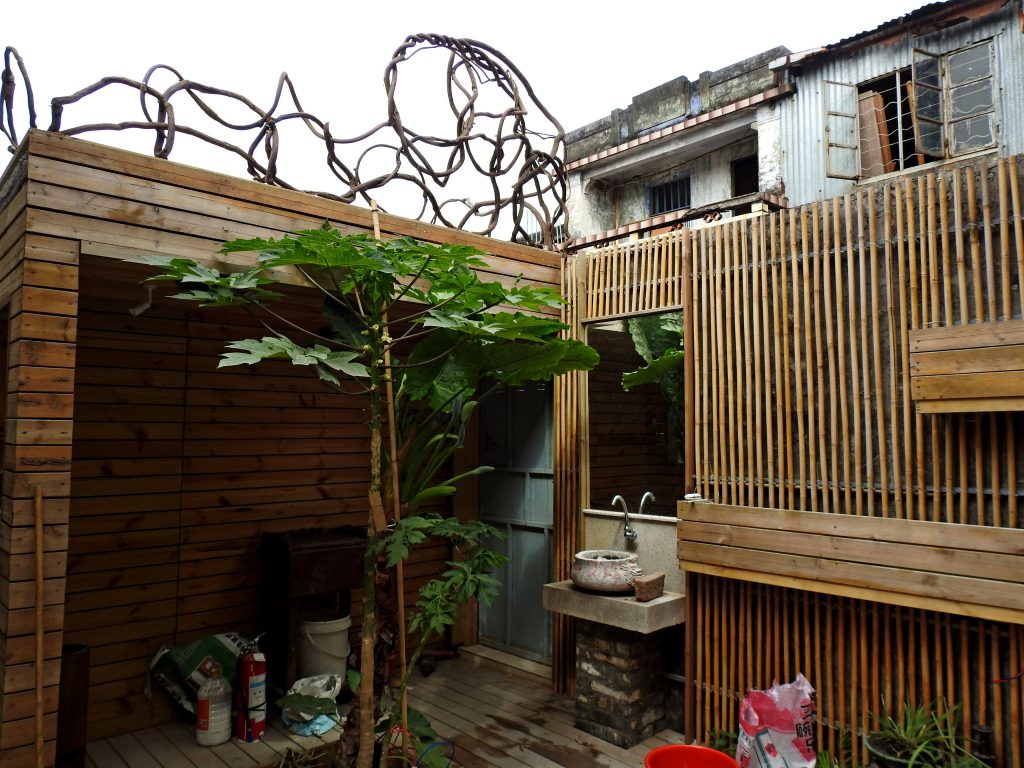

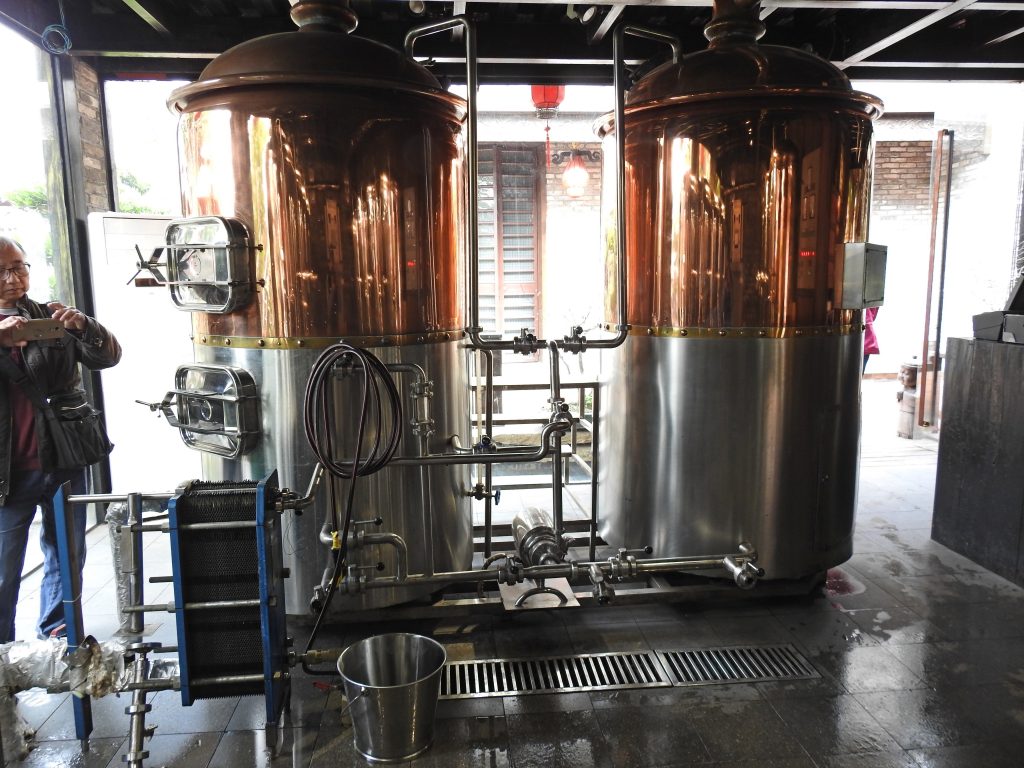
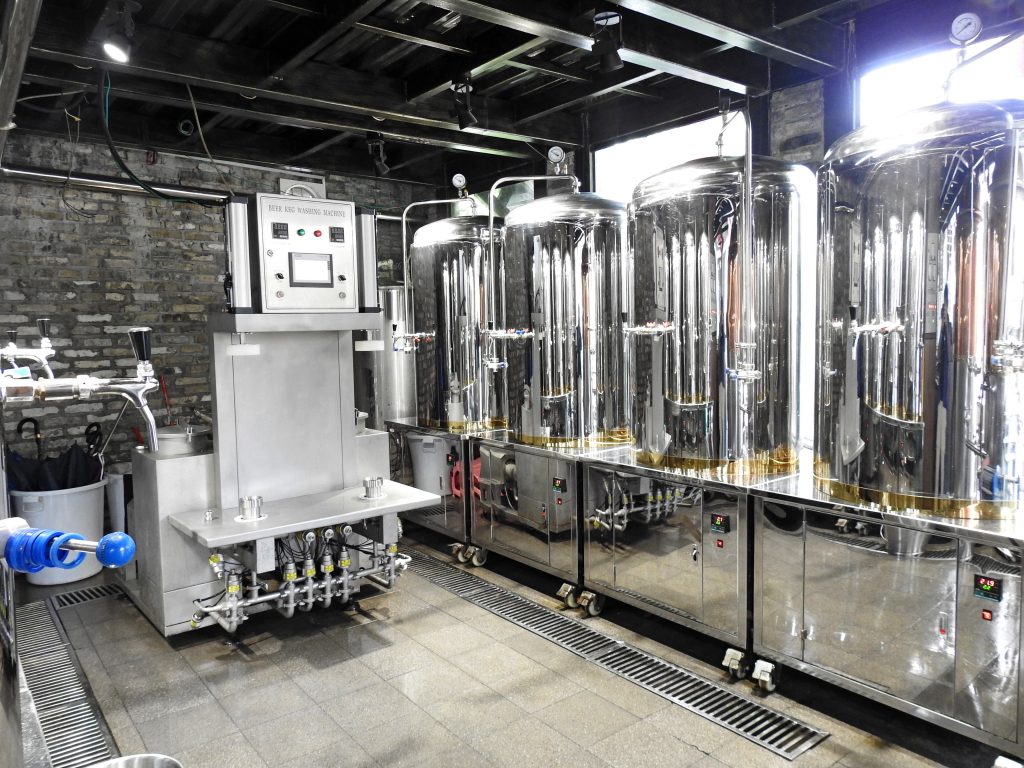

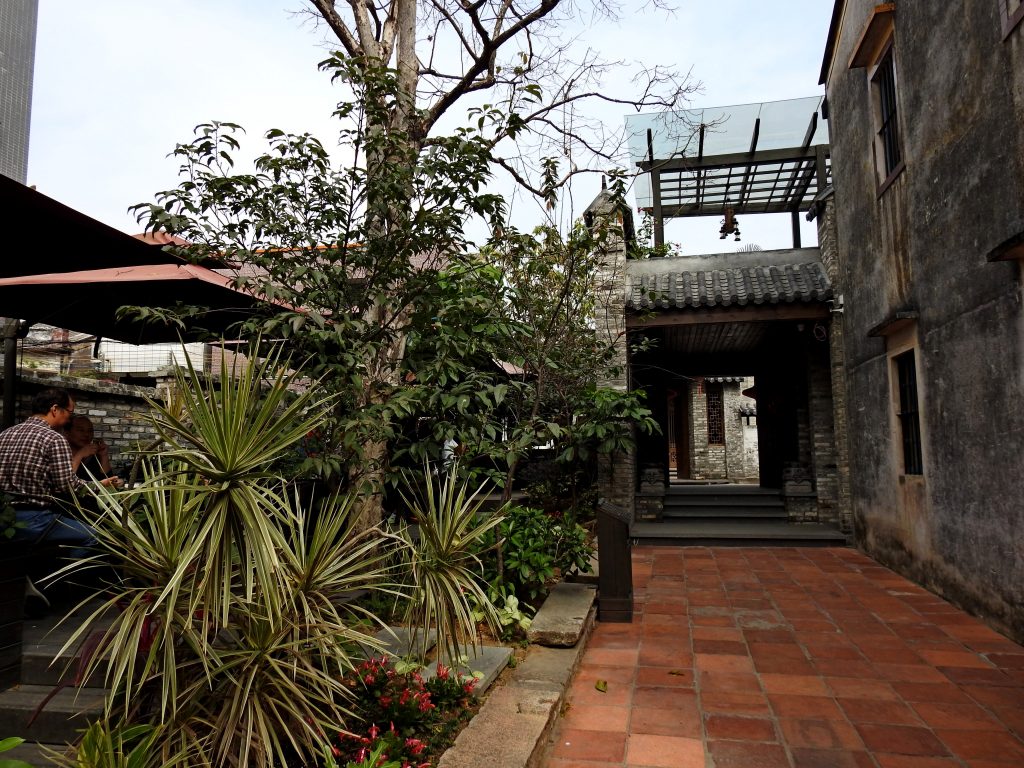
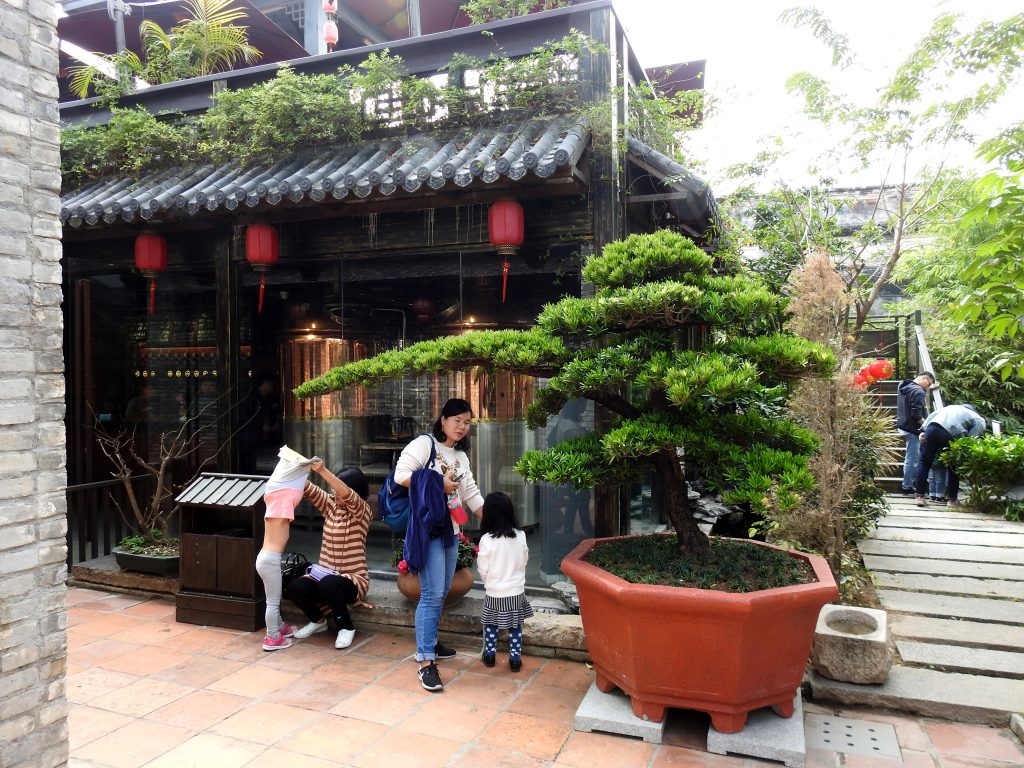

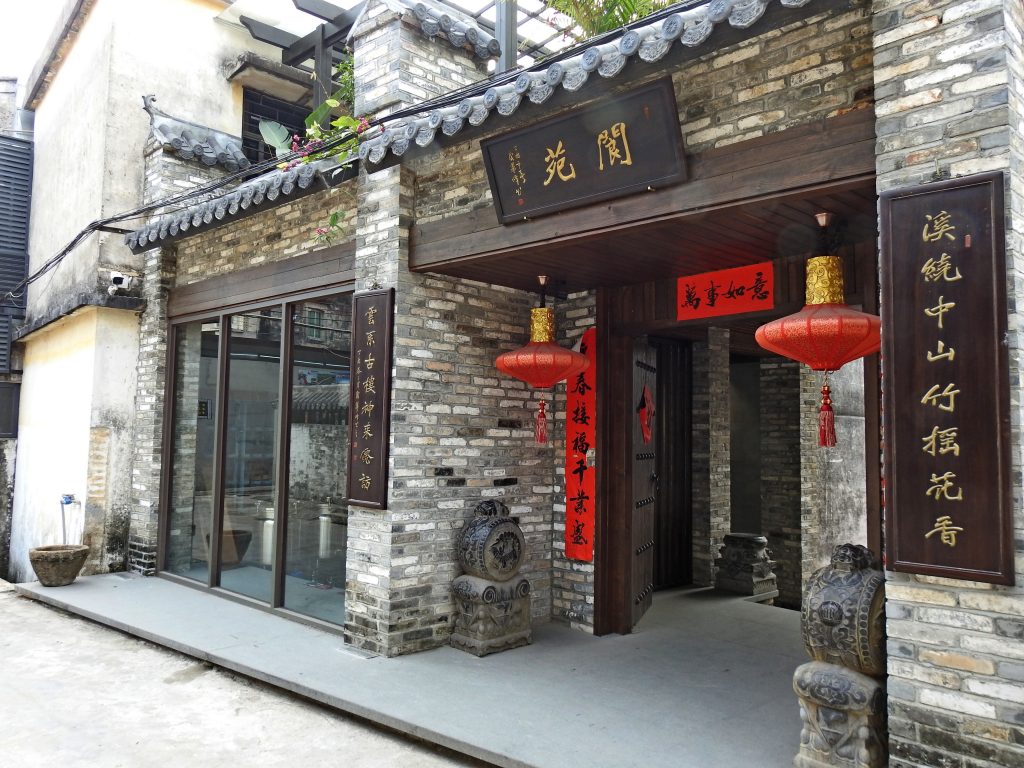
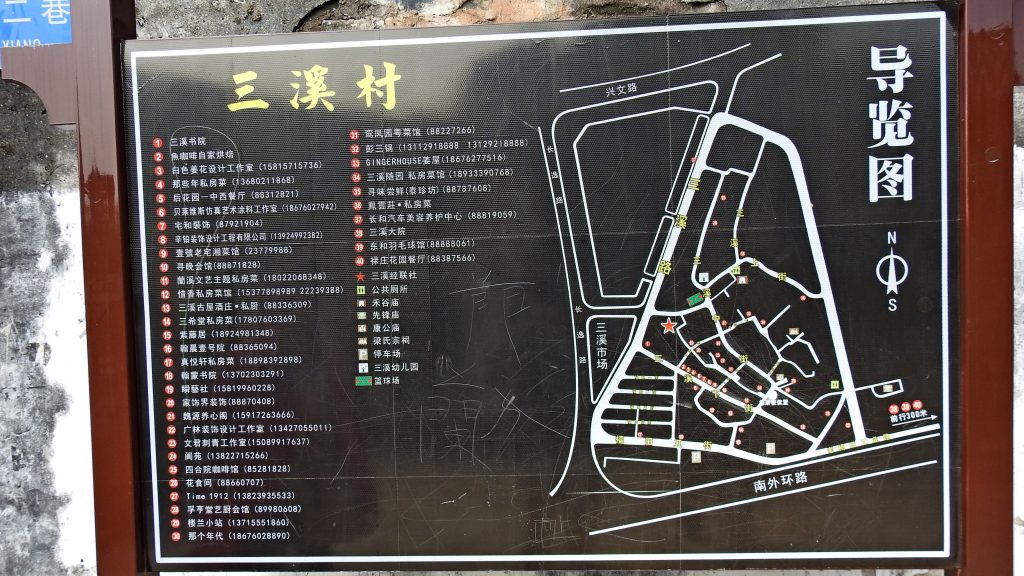
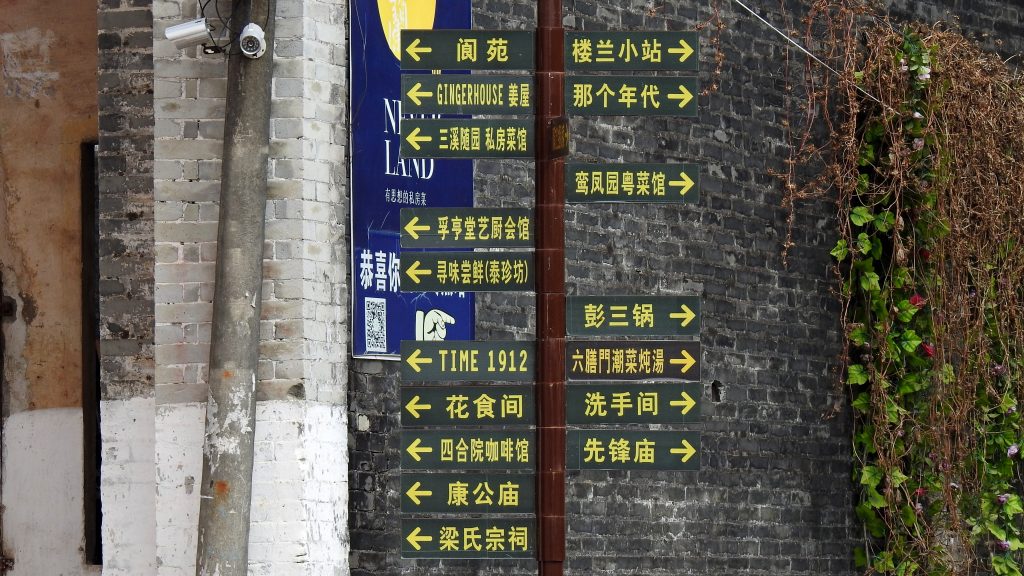
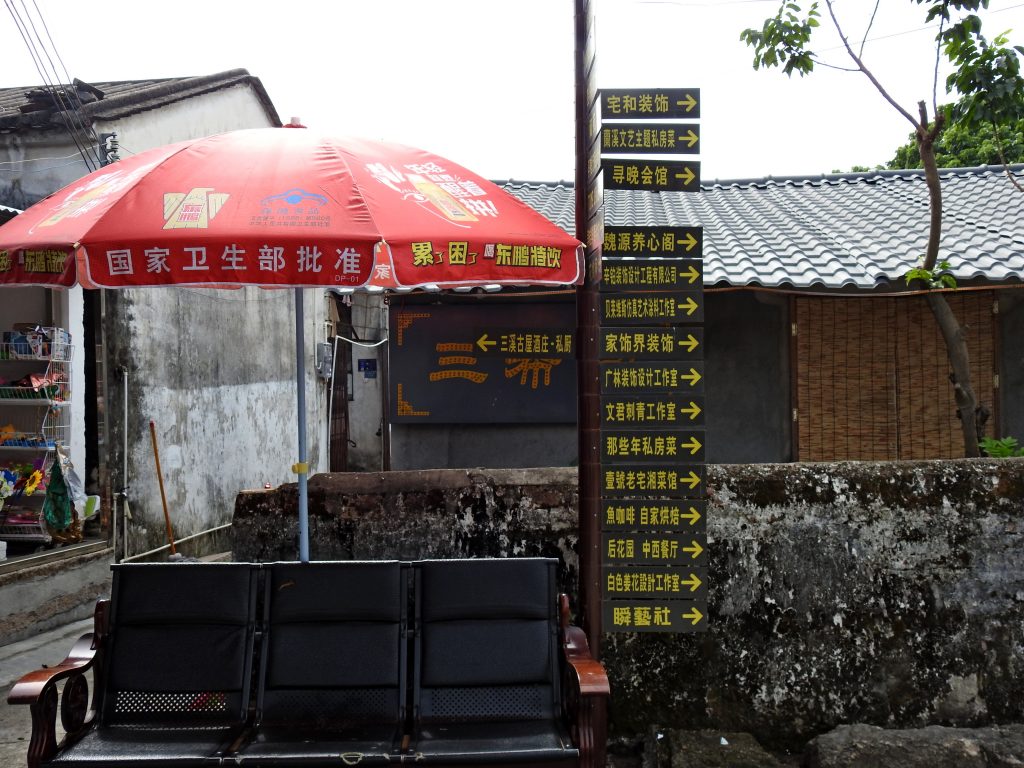

“Large Circle Line” or the “Third Interchange Contour” in southwest Moscow
Since August 2017, China Railway Construction Corporation Limited (CRCC) 中国铁建 has been building a 4.6-km section and three stations on the “Large Circle Line” or the “Third Interchange Contour” in southwest Moscow, which will be completed by the end of 2020. The CRCC hires more than 100 engineering and managing staff and over 700 workers for the project, and about half of them are Russians. The first tunnel was bored through in early April, 2019 and the remaining eight tunnels by 2020.
In February 2019, the CRCC won another contract worth over 5.64 billion rubles (about 88 mln USD) to build a 2.9 km section of the “Large Circle Line.” The city aims to increase metro lines from the current 300 km to 1,000 km by 2023.
The company designed and produced five tunneling shields capable of coping with the city’s harsh winter and complicated geological condition. The “Shengli” 胜利号 tunnel shields, with a diameter of more than 10 meters, is independently developed, designed and produced by CCRC.




Unrestricted Warfare: China’s Master Plan to Destroy America
Qiao Liang & Wang Xiangsui [Liang, Qiao & Xiangsui, Wang]

More relevant than ever, this interesting handbook on modern all-enveloping warfare was first published in China in 1999. Re-digitized from the 2004 Filament Books edition, this new edition contains specific methods for American troops, government, academia, and business circles for dealing with unrestricted warfare. Coauthored by Major General Qiao Liang and Wang Xiangsui, the book has been required reading at West Point. The Peopleв’s Liberation Army manual for asymmetric warfare details the waging of war, strategically and tactically, using weapons not limited to bullets, bombs, missiles, and artillery shells. The two PLA officers who advocated the strategy set forth in the following pages argue that modern warfare, in ways not too dissimilar from Sun Tzu’s Art of War, is about impeding the enemy’s ability to wage war and to defend itself against a barrage of attacks against its economy, its civil institutions, its governmental structures, and its actual belief system. This is not a manual for achieving an overnight victory. Rather, it is a recipe for a slow but inexorable assault on an enemy’s institutions, often without the enemy’s knowledge that it is even being attacked. As Sun Tzu once wrote, “one party is at war with another, and the other party does not realize it is at war, the party who knows it’s at war almost always has the advantage and usually wins.” And this is the strategy set forth in Unrestricted Warfare, waging a war on an adversary with methods so covert at first and seemingly so benign that the party being attacked does not realize it’s being attacked. In the age of the worldwide internet, what seems like the free flow of information is also an open door policy for one country to insert its propaganda into the thinking and belief systems of its enemy. Do we consider Vladimir Putin’s Russia to be a friend to the United States? Are we really that naive? Voting constituencies might have very legitimate reasons to support the politicians of their choice, but when those choices are based on the flow of absolutely false information inimical to the best interests of that population, it is an example of the success of asymmetric or unrestricted warfare, in essence, propaganda war. The Russians have been experts at this since the days of the czar, and since the experiments of Pavlov and his dogs have mastered the art of getting the responses they want from the stimuli they inject into their subjects’ thought patterns. In this past election cycle, it worked. As you read the following pages, a manual for the military humbling of the United States through nonmilitary means that most Americans will not even realize, you should understand that this is not just a “what if,” but a reality. It is happening now even as North Korea’s Kim blusters about sending missiles towards Guam and Donald Trump responds by rattling his own saber in its scabbard. China, meanwhile, watches while its enemy is engaged with a tiny country that has the means to send nuclear tipped ICBMs to American cities. If North Korea attacks Guam or Pearl Harbor and the United States responds, who benefits? Not North Korea, not South Korea, not the United States. China benefits when U.S. Naval facilities on Guam or at Pearl Harbor are damaged so that the American presence in the Pacific is diminished to the point of incapacity. Readers, therefore, should take this little manual as a dire warning. Complacency cripples. Hubris kills. And blindness without guidance usually leads one into the nearest wall if not hurtling down a flight of stairs. Thus, although this book was written almost twenty years ago, it should be regarded as the playbook for the destruction of not only the United States, but of western democracies in general.

